There is a reason why Spain is one of the most popular holiday destinations in Europe, and it’s not the beautiful climate, the richly layered culture or the incredible food and wine. It’s not the fascinating history, the vibrant nightlife or the abundant festivals. It’s not even the stunning beaches. Well, alright, it is actually those things. Or, more accurately, it’s the combination of all those things.
The enduring appeal of Spain is that it has something for absolutely everybody, from party animals to history hunters, sun worshipers to art lovers, solo travellers, couples, friendship groups and families. Thanks to the diverse regions and islands on offer, you can tailor a Spanish holiday to suit your exact taste and holiday style. You can even choose an area based on how hot you want it to be!
But, as we all know, too much choice can be overwhelming, and with a country so large and so varied, it can be challenging to know where to start or what you want to see. So we’ve created this A to Z of Spain to help you get a feel for the country, its regions, culture, habits and sights so that you can start to decide exactly what your perfect Spanish holiday will look like!
Let’s get started!
A | B | C | D | E | F | G | H | I | J | K | L | M | N | O | P | Q | R | S | T | U | V | W | X | Y | Z
Andalucía
The southernmost region of mainland Spain is one of the most visited areas of the country thanks to the breathtaking range of sights and holiday styles it offers. Andalucía has something for everyone: mountains, national parks, glorious stretches of Mediterranean and Atlantic coast and some of Spain’s most intriguing cities.
Some of Andalucía’s highlights include climbing or skiing the snow-capped peaks of the Sierra Nevada, hiking through olive groves, vineyards and pine forests and visiting the whitewashed hill towns of Pueblos Blancas or Las Alpujarras.
The Costa Del Sol is home to some of the Mediterranean’s most visited holiday resorts, including Malaga, renowned for it’s beaches, nightlife, art, and leisure. Tarifa is famous for its constant crosswinds, making it a top spot for wind and kitesurfers, while the beaches of the Atlantic coast call to surfers of all abilities. The national parks of Cabo de Gata and Del Coto De Donna offer exceptional opportunities for snorkelling, diving, hiking and wildlife watching.
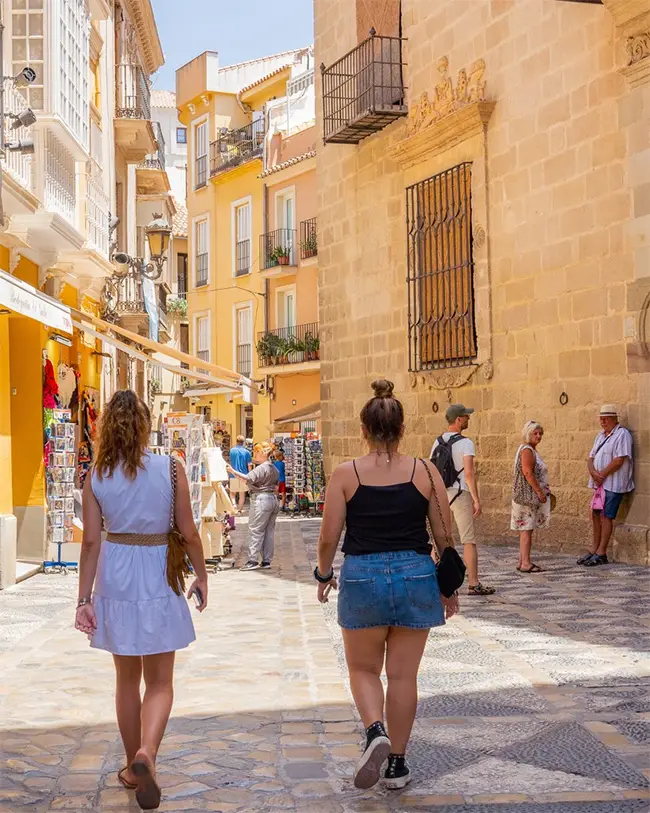
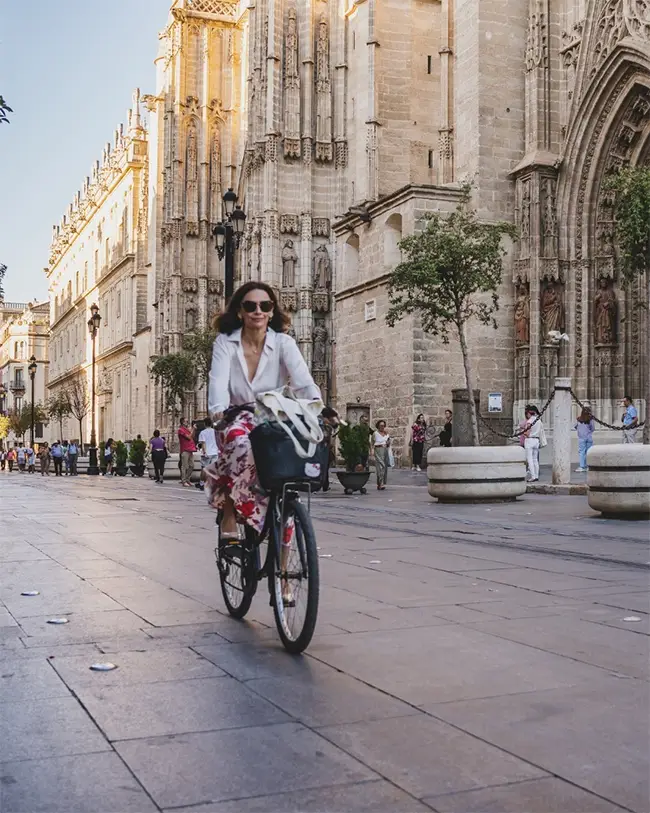
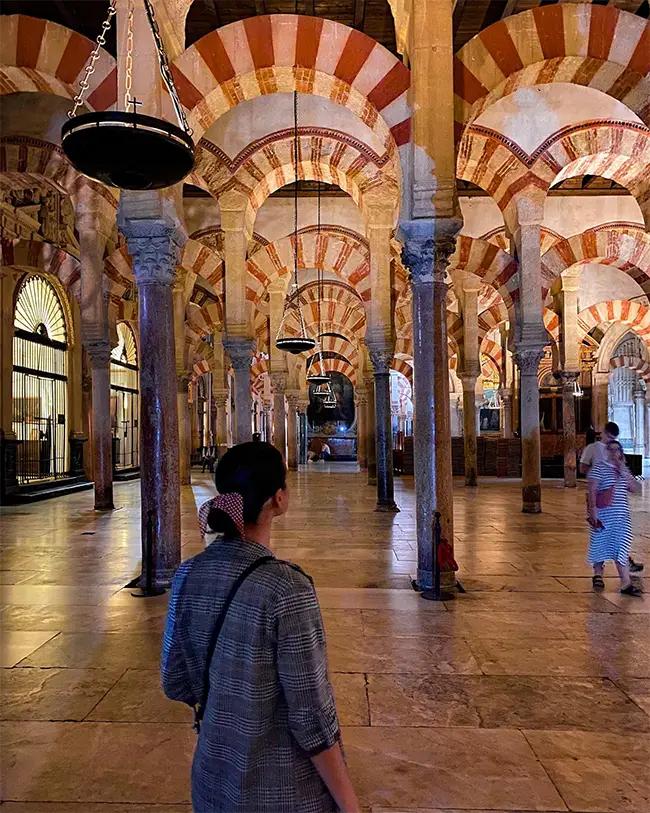
And last but not least, the cities! This region has passed through many ruling hands over the centuries, including Moorish, Christian, Greek, and Roman. These varied influences are apparent everywhere, but especially in the cities where the architecture, food, and traditional celebrations showcase the fusion of these layered cultures.
Head to Granada to visit the incredible Alhambra Palace, Cadiz for ancient wonders, Córdoba for the Mosque-Cathedral, and the region’s soulful capital, Seville, to visit the Alcázar Castle.
In short, this vibrant and varied region is a treasure trove of sights and experiences and a must-see for visitors to Spain.
Asturias
This narrow but captivating region in northern Spain feels a world apart from other regions. It’s known for its dramatic landscapes, where vertical metres far outnumber flat ones, and its rich cultural history, which offers a glimpse of a traditional way of life. It’s a region sure to intrigue and inspire visitors.
The verdant slopes and valleys of Somiedo Natural Park are a hikers’ paradise and home to rare wildlife, including Iberian wolves, wild boar, golden eagles and brown bears. The rugged Atlantic coastline holds stunningly pretty pastel-painted fishing villages and secluded cliff-backed coves that could not be more different from the beaches of the south. They are a haven for relaxation and practically deserted in winter, apart from the surfers bobbing about on the swell.
If cities are more your style, Gijon is an attractive cultural hub where modernity is layered over gritty industrial roots, resulting in a characterful place to explore. The region’s capital, Oviedo, is known for its more traditional ethos and offers a fascinating insight into everyday life in the region.
Foodies will find plenty to enjoy, too, as Asturias makes more than 40 types of cheese and produces 80% of the country’s cider. The picturesque fishing villages provide freshly caught seafood and shellfish, and carnivores will want to try fabada asturiana (bean stew laced with pork) and cachopo (breaded beef or pork with cheese).
In short, Asturias promises a memorable experience, whether you’re drawn by its natural beauty, culinary delights, or cultural treasures.
Barcelona
Barcelona is a beautiful and vivid city with such a global reputation that it’s often mistaken for the capital of Spain. Well, it might not be the country’s first city, but it is the main reason many people visit Spain.
Over 2,000 years old, this city was founded by the Romans and has been through many changes over the years, evolving through the Industrial Revolution, suffering hugely during the Spanish Civil War and undergoing a massive rejuvenation to host the hugely successful 1992 Olympics.
It’s now one of Spain’s biggest tourist attractions. It draws people in with its vibrant atmosphere, dusk-till-dawn nightlife, exceptional food scene, and the string of beaches sandwiched between the city and the sparkling Mediterranean. And, of course, the collection of modernist architecture has become emblematic of the city.
Spend your morning wandering through the chaotic scene of Las Ramblas and exploring Gaudi’s masterpieces Park Güell and Casa Batlló and the iconic Sagrada Familia. Then hit the beach for an afternoon of sunbathing and the tapas bars for dinner before checking out the funky bars of the Gothic Quarter, cool lounges of Eixample and super clubs of the port. Before you know it, your Barcelona trip will have flown by, and you’ll have to return to do it all again.
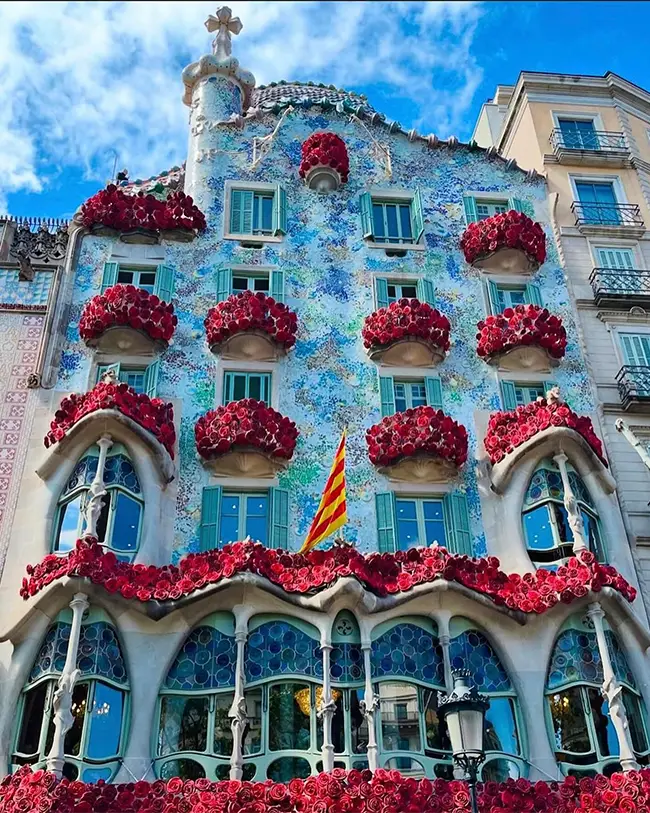
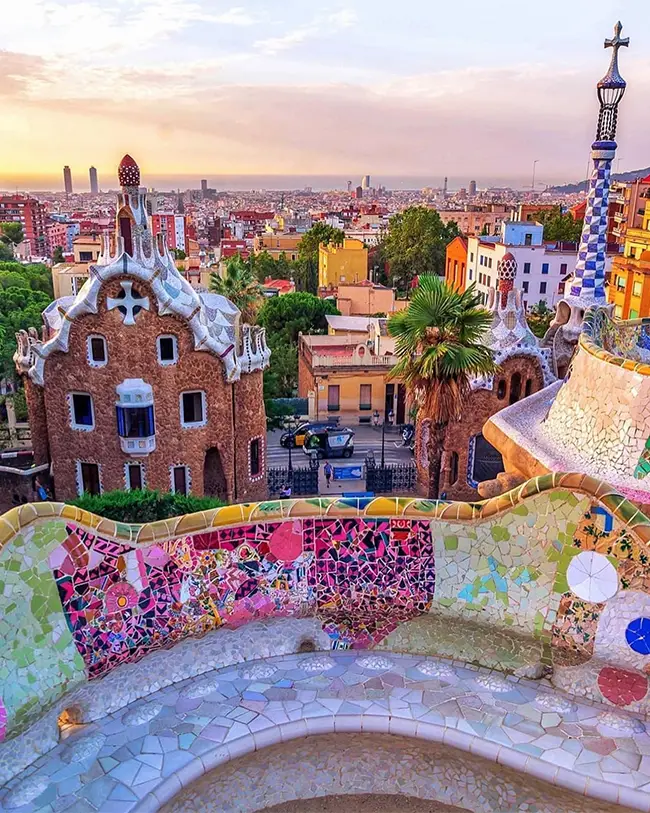
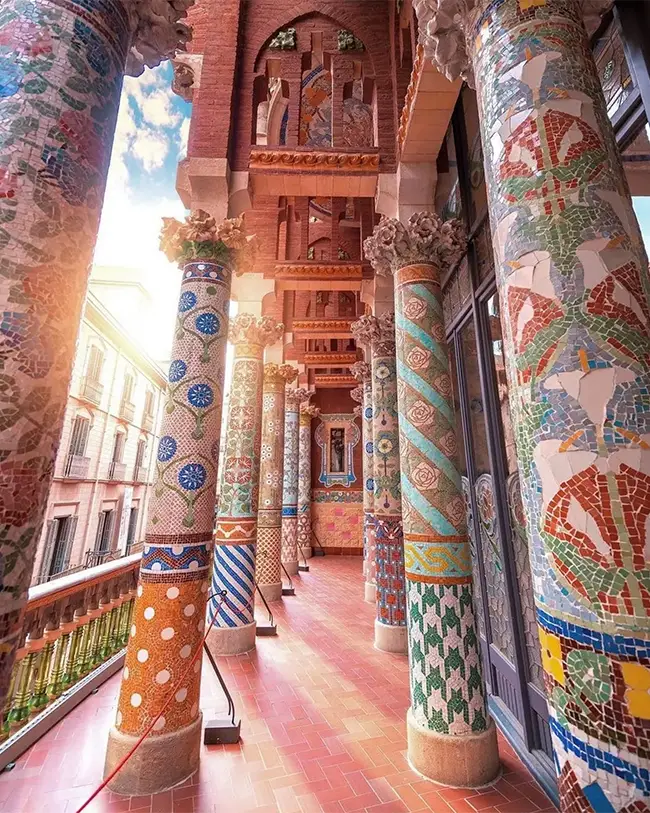
Bullfighting
Bullfighting is a controversial topic both in Spain and globally. It is an innate part of the history and culture of Spain and other Latin countries, but there is no denying that it is also an extremely brutal sport which often results in injury to the fighters and almost always in the death of the bull.
Animal activists have been working for decades to get bullfighting banned globally and have had some success. Many countries have banned the sport already, including Cuba and Argentina, and others are following suit. Colombia, for example, has agreed to a phased stop of the sport that will see it eradicated by 2027.
Some regions of Spain have also stopped bullfighting and no longer include it in their traditional fairs and festivals. However, some areas still count it as a vital part of their identity and heritage and as a valuable part of their tourism industry. Pamplona, for example, is world-renowned for its annual Running with the Bulls event and would lose significant revenue and prestige should it get cancelled. Madrid and Seville also have large bullrings where bullfights happen from May to October, drawing large crowds of locals and tourists alike.
In Madrid, you’ll also find a Bullfighting Museum that explains the sport’s history from prehistoric times through Roman times to the modern sport we recognise today. The museum also highlights the many people involved in the sport you might not think of, such as the breeders, trainers, costume designers, and even restauranteurs who participate in and profit from the sport.
It’s safe to say that the ethics and future of bullfighting in Spain are complex issues and ongoing conversations that won’t soon be resolved.
Caga Tió
This is a fantastically weird and entertaining part of Christmas traditions in Spain, the poo log.
Santa Claus is not a big part of Christmas in Spain. He’s a relatively new import, and most families don’t believe in anyone coming down the chimney on Christmas Eve. In fact, most Spanish children will wait until 6th January for gifts, when they are brought by the Three Wise Men. However, there is another character that does bring presents – or, more specifically, poops them – Tió de Nadal the Christmas log, commonly known as Caga Tió, the poo log.
Caga Tió is a common sight in Catalonia, although his popularity has spread to other regions. It’s a hollow log with little stick legs and a painted smiley face wearing the traditional red hat of Catalonia. At the start of the festive season, he is brought into the house, put somewhere comfortable and covered with a blanket to keep him warm. It’s the job of any children in the family to ‘feed’ the log by leaving him scraps of food and drink. Then, on Christmas Day, the children will hit the log with sticks while singing the traditional Caga Tió song. The lyrics vary, but include some version of this:
Caga tió, avellanes i torrons, no caguis arengades; que són massa salades; caga torrons que són més bons.
Caga tió, avellanes i torrons, si no vols cagar, et donaré un cop de bastó, ben fort, ben fort…
Or:
Poo log, poo hazelnuts and nougat, do not give herrings; they are too salty; poo nougats, they are better.
Poo log, hazelnuts and nougat, if you don’t want to poo, I will hit you with a stick, very hard, very hard…
Catchy right?
Once the children have thoroughly beaten the log, it will be discovered that the log has magically ‘pooped out’ nuts and sweets and small presents under the blanket.
Anyone who’s spent time with small children can understand the endless hilarious appeal of this tradition. And it turns out it’s just as appealing to adults, too. The legend of Caga Tió has been told all around the world and never fails to delight listeners!
And the crazy thing is he’s not even the only poo-related Christmas tradition in Spain. There’s also El Caganar, who can often be found taking a poo at the back of nativity scenes!
Cantabria
This narrow and rugged region in northern Spain is similar to neighbouring Asturias, as both regions are known for their dramatic mountains, verdant national parks, and beautiful coastline. However, there are some differences, and Cantabria has the edge when it comes to outdoor activities.
This region is one of the most popular for adventure sports in Spain, with hikers and rock climbers in their element exploring the limestone peaks of the Picos de Europa, which tower over the quaint fishing villages that hug the rugged coast. The region’s mountains and national parks are home to some of the country’s rarest wildlife, including the Cantabrian brown bear. Watersports lovers are also drawn here thanks to the twin joys of the surf-tastic coastline and the Rio Sella River, a mecca for canoers and home to the annual Descenso Internacional del Sella kayak race.
The coastal city of Santander is a modern delight, with a few historic gems still evident despite the fire that devastated the old town in 1941. Its Magdalena Palace is a highlight, as is the city-adjacent beach, making this a good spot for a simultaneous urban and beach holiday.
For a bit more history, visit the heritage-rich town of Santillana del Mar, a stop on the Camino de Santiago route, known for its mediaeval and renaissance architecture. Then, stop by the small town of Comillas to see El Capricho, one of the few examples of Gaudi’s work found outside Catalonia.
Catalonia
Catalonia is one of the most fascinating places to visit in Spain, and not just because it’s a land rich in natural beauty and stunning sights. It’s also an autonomous region with its own language, history, and culture, as well as a fiercely independent spirit that gives it an atmosphere distinct from the rest of the country.
The capital, Barcelona, is the region’s famous highlight and a riot of art, architecture, history, dining, nightlife, and leisure. The city is so appealing that many visitors never make it out to explore the rest of the region. But they definitely should!
Other Catalonian towns well worth visiting include seaside Sitges, the unofficial LGBTQ+ capital of the country; Tarragona, home to UNESCO heritage-listed Roman ruins; and Cadaques, a beautiful resort town where Salvador Dalí once lived and found inspiration.
If natural wonders are more to your taste, head south of Barcelona to explore the beaches of the Costa Dorada or north to the Costa Brava to explore rocky coves and quaint fishing villages. Inland, the surreal and sacred landscape of Montserrat is a must-visit. To the north, the Pyrenees are a hiker’s paradise and offer skiing and snowboarding opportunities, while the Aigüestortes National Park is a picture-perfect landscape of mountain lakes and wildflower meadows.
And don’t leave without visiting one of the many excellent wineries which produce the region’s famous sparkling Cava!
Dalí
Spain is no stranger to art and has produced some of the world’s most celebrated artists over the years. One such figure is Salvador Dalí, the pioneer of surrealism and one of the most famous artists of the 20th century.
This unconventional artist is known for his dream-like imagery in works such as The Persistence of Memory, which features his iconic and much-replicated melting clocks. However, his work was not limited to paintings; the artist also experimented with film, sculpture, photography, architecture, and literature, much of which you can view or learn about on a tour of Dalí’s country.
Dalí was born in Spain and spent much of his life there, leaving his mark on several towns where art lovers can trace his life and works. Figueres in Catalonia was the artist’s birthplace and now houses the Dalí Theatre-Museum, a surreal building designed by Dalí himself to give the viewer an immersive dream-like experience. The outside of the building is colourful, fantastic, and topped by a series of giant egg sculptures. It’s well worth seeing even if you don’t step inside.
Further up the Costa Brava is Cadaqués, a picturesque coastal town where Dalí spent much of his life and which is credited with inspiring his work. You’ll find his home and studio in Port Lligat, created by Dalí and his wife Gala out of a series of fisherman cottages and now home to a museum that offers fascinating insight into his daily life.
Also worth a visit is the 11th-century Castle of Púbol, which Dalí bought in the 1960s, restored and renovated to his own design and gifted to his wife. The castle is now open to the public and houses an extensive collection of his work.
Diving and snorkelling
Spain deserves more recognition for its excellent diving opportunities. Between the two mainland coastlines, the Balearic and Canary Islands, and several marine reserves, the opportunities to get underwater are numerous, as are the sights on offer. Spain has a wide range of ocean landscapes to explore including coral forests, reefs, cliffs, and wreck dives, many of which can be accessed from the beach if you don’t fancy taking a boat out.
Plenty of dive schools offer introductory dives and open-water courses for beginners. At the same time, advanced divers can take their pick of dive sites and even find a few live-aboard excursions for longer trips.
Sealife is abundant, ranging from micro wonders like nudibranchs, starfish, and seahorses to larger sights like sunfish, blue sharks, and even whales. On the Canary Islands, you even stand a chance of spotting a turtle or two!
Don’t fancy exploring the depths? No problem! The sparkling, crystal-clear waters of the Mediterranean resorts and the Balearics are perfect for snorkelling. Simply stroll into the waters from the beach and be surrounded by shoals of sea life just metres from the shore.
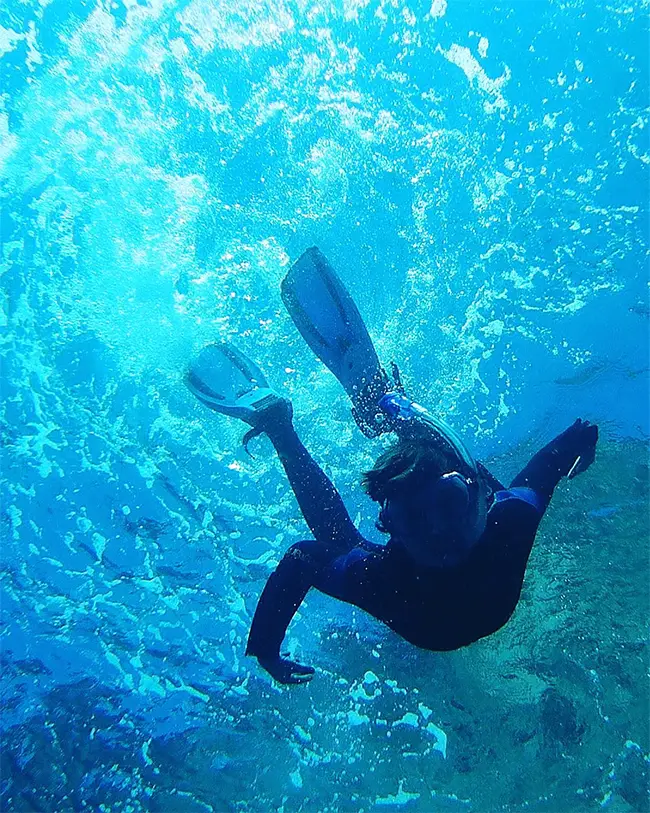


Etiquette
The rules of etiquette in Spain are few and simple, so you don’t need to worry about breaking obscure rules that you weren’t aware of. Basically, it comes down to three things:
- Be polite
- Learn the language
- Relax
So long as you behave with common courtesy, such as smiling, saying please and thank you, and treating hotel, restaurant and bar staff with respect, you’re unlikely to go wrong.
Making an effort to learn some simple Spanish phrases – even just please, thank you, hello and goodbye, will go a long way. If you’re travelling in Catalonia, the Basque Country or Galicia, learning a few words in the local dialect is a quick way to ingratiate yourself with the locals.
Remember that things tend to move a little slower in Spain. Punctuality is not as important as it is in other areas of the world, and meals are slow, sprawling events where people linger over their food and make a glass of wine last a while. So just relax and let things move at their own pace; you’re on Spanish time now!
Extremadura
One of Spain’s most underpopulated and under-visited regions, Extremadura is an overlooked gem of a holiday destination. It’s perfect for anyone wanting to see a Spain far removed from the more famous beach resorts and bustling cities. Located in the west of the country against the Portuguese border, this landlocked region captivates with rugged beauty, rich history, vibrant culture and delicious food.
Some highlights of this unique area include:
- Picturesque Merida – the region’s capital is steeped in history. Here, you’ll find some of Spain’s most extensive Roman ruins, including the exceptional Teatro Romano amphitheatre, plus some of the region’s best tapas bars and restaurants.
- UNESCO-listed Cáceres is a treasure trove of mediaeval architecture and history. Step back in time in the well-preserved old town as you wander the labyrinthine streets among centuries-old buildings, palaces, mansions, and fortified walls. This hospitable city also has a fantastic culinary scene and regular vibrant cultural festivals.
- Monfragüe National Park is renowned for its spectacular scenery and biodiversity and is a must-visit for nature lovers and bird watchers. Home to over 175 species of birds, this is the place to see rare sights like the Spanish Imperial Eagle, Black Stork, and huge Griffon Vulture, which can reach a wingspan of almost three metres.
- Consider renting a car and road-tripping through Extremadura to drive through huge swathes of unpopulated countryside. See rugged landscapes broken up by remote farmsteads, tiny hamlets, whitewashed hill villages, and crumbling mediaeval castles.
- Don’t leave without sampling the region’s famous food, which is all about hearty stews, cured meats, and Torta del Casar cheese.
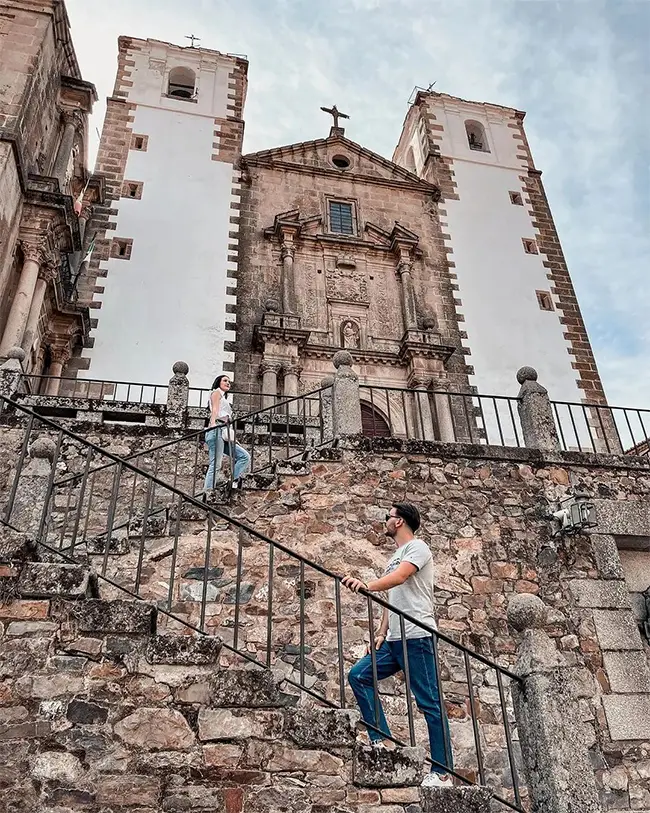
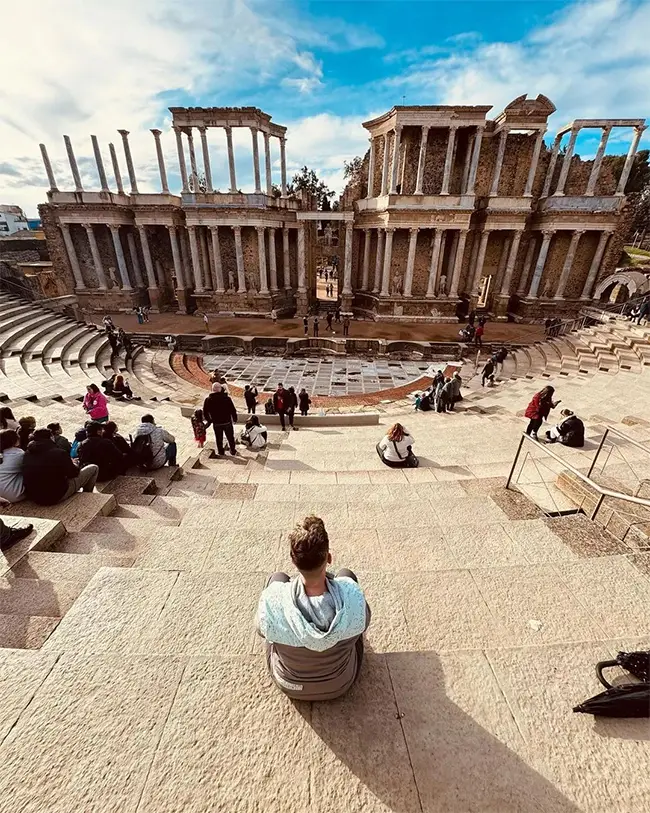
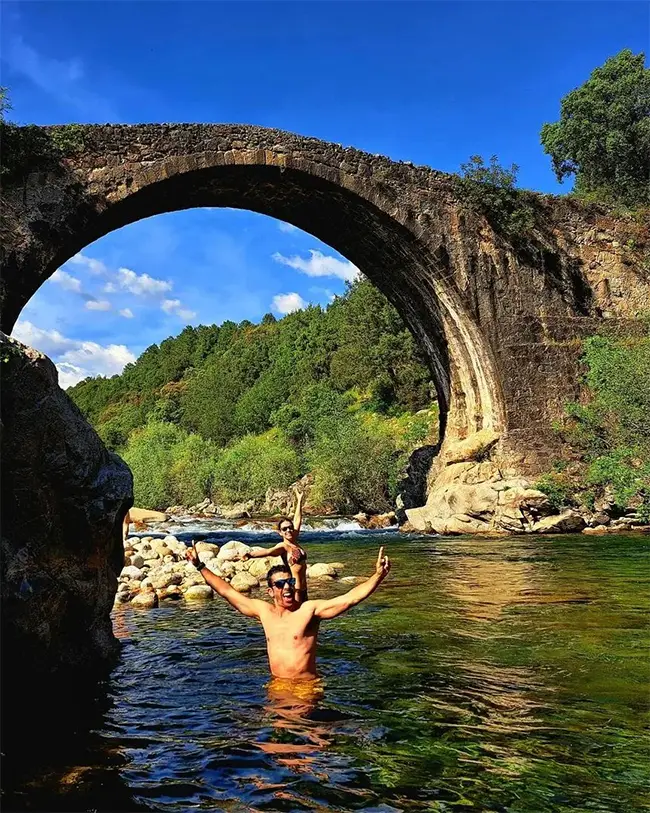
Female travellers
Women and solo travellers holidaying in Spain are unlikely to encounter any specific problems.
Crime levels are generally low, and the biggest issue facing tourists of all genders is pickpocketing. Public transport and taxis are efficient and safe to use, harassment is rare, and most Spanish people are welcoming and friendly.
So long as you exercise the same caution you would at home and keep an eye on your bags and valuables, you shouldn’t have anything to worry about.
Festivals
Spain is undoubtedly a country that loves to party, and every month, from one end of the year to the other, is packed with festivals and events of all shapes and sizes.
Religious festivals make up a considerable chunk of the country’s event calendar, with massive celebrations occurring for all the Catholic holidays. The Holy Week and Christmas festivities, especially, are fantastic to see. Other huge festivals also have somewhat Pagan elements, such as the Carnival celebrations, which are said to herald the beginning of spring, and the Feast of St Joan, which is held on the summer solstice and involves revellers leaping over campfires.
In addition to these country-wide celebrations, there are Saints’ Day festivities. Each city, town and village has a patron saint that they celebrate once a year, often taking the opportunity to celebrate their town or city and region at the same time. These events can stretch from a day to over a week and are characterised by parades, street parties, fairs, concerts, much eating and drinking, and displays of cultural traditions specific to the region – such as flamenco in Andalucía and Sardana dancing in Catalonia.
Running alongside these religious festivals are just as many secular ones. There are celebrations of the arts in all their forms, including film, theatre, literature, architecture, photography, and music from classical to electronica and everything in between. There are also plenty of food festivals to celebrate the abundant delicacies made, grown, and enjoyed in Spain, such as cheese, ham, olive oil, seafood, and chorizo. And, of course, there are abundant wine festivals during the autumn harvest season.
And then there are the famous, messy, and downright silly festivals unique to this country. Such as the globally renowned Running With The Bulls event in Pamplona – and the more animal-friendly version with balls instead of bulls in Mataelpino. There’s also the chaotic Haro Wine Festival in Rioja, which is like a giant water fight but with red wine, and La Tomatina in Buñol, Valencia when revellers turn up in droves to pelt each other with tomatoes!
In short, Spain celebrates many milestones and interests (no matter how quirky), and whatever time of year you visit, you’re sure to find a party!


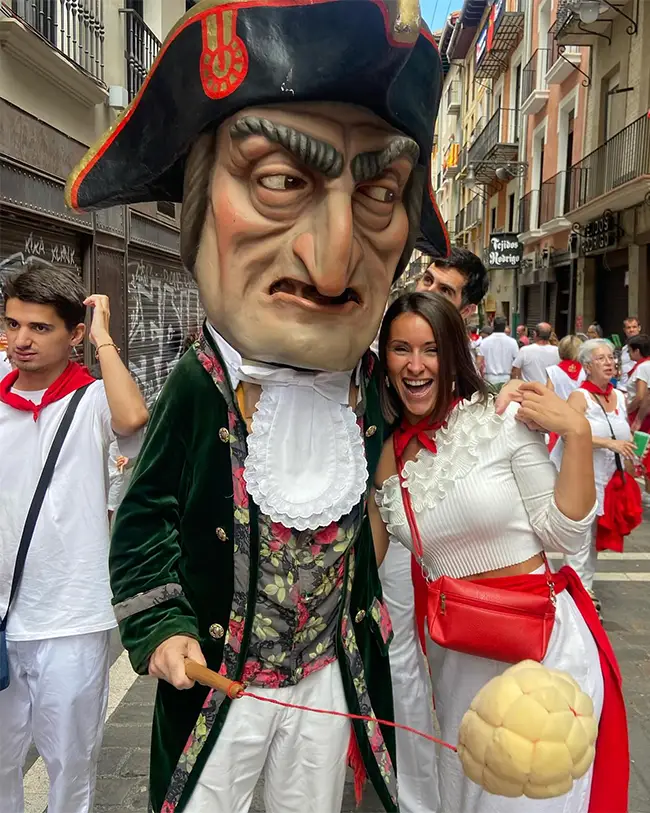
Flamenco
This passionate and expressive art form is one of the most enduring and iconic symbols of Spain. Flamenco’s theatrical blend of music, song, and dance was born in Andalucía centuries ago when the musical culture of the Gitano (or Romani) people blended with the Moorish and Jewish influences in the region.
Southern Andalucía remains the soulful capital of flamenco, and those wanting to catch the most authentic and even spontaneous performances should head to the bars of Seville, Jerez, Granada and Cadiz.
True fans should visit during the biennial Flamenco Festival in Seville to get their fill of the intricate rhythms and evocative moves. And anyone who finds themselves thoroughly enchanted should consider taking a class or course to elevate their appreciation of flamenco to another level.
You’ll also find this fantastic folk art performed in Extremadura and Murcia, and each region has its own unique style. Madrid and Barcelona offer plenty of performances too; however, choose your performance carefully because they can feel somewhat sanitised and touristy – not to mention expensive – in those cities.
Galicia
Spain’s Northwestern region, Galicia, is best known for its capital, Santiago de Compostela. This ancient city has attracted pilgrims for thousands of years along the Caminos de Santiago. But while this is a huge draw to the region, it’s far from the only one.
Galicia has an air of mystery and enchantment about it that sets it apart from the rest of the country. It has its own language akin to mediaeval Portuguese, its Celtic roots shine through during its cultural celebrations, and its history is filled with myths and legends of witchcraft. Add to that an abundance of natural beauty, and you have a region that should not be missed!
Thanks to its rugged Atlantic coast, Galicia is one of Spain’s most famous surf regions. But you don’t have to be on a board to appreciate its wild beauty. Ominously known as the Costa da Morte (Coast of Death), the coastline is an expanse of towering cliffs and secluded coves. The lighthouse at Cabo Fisterra, the most western point, was once believed to be the end of the world, and after one look at the view, you’ll see why.
And, if the mainland is not enough for you, you can always catch a ferry out to the stunning Atlantic Islands, home to some of Spain’s most beautiful and remote beaches.
Inland, Galicia is a hiker’s paradise of rolling hills, mountains, lush forests, and river valleys. It’s also home to natural hot springs and vineyards that have been producing the region’s famously delicious wine for centuries.
More of an urban explorer? Head to the port city of A Coruña to enjoy its modern, arty vibe, dine on some of the best seafood in the country, and then dive into the lively nightlife.
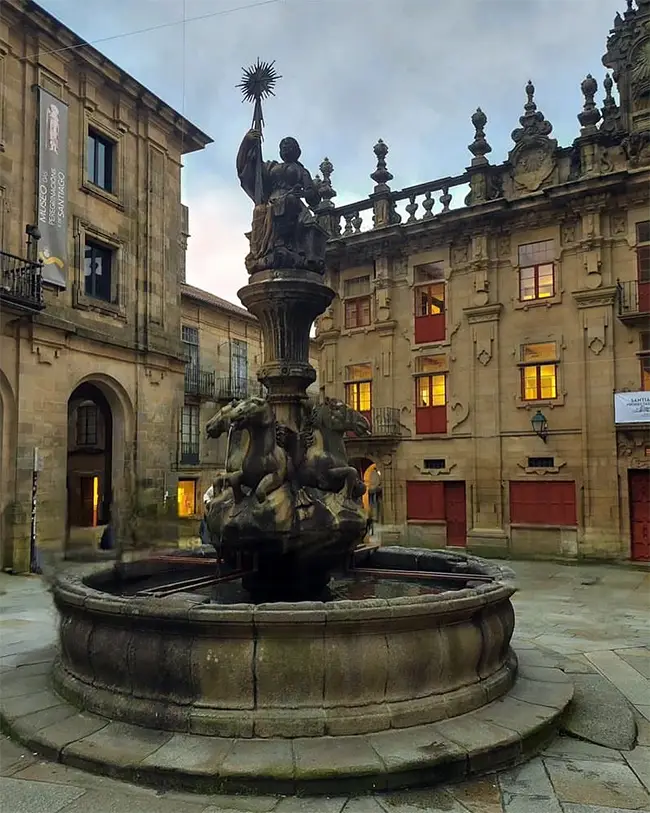
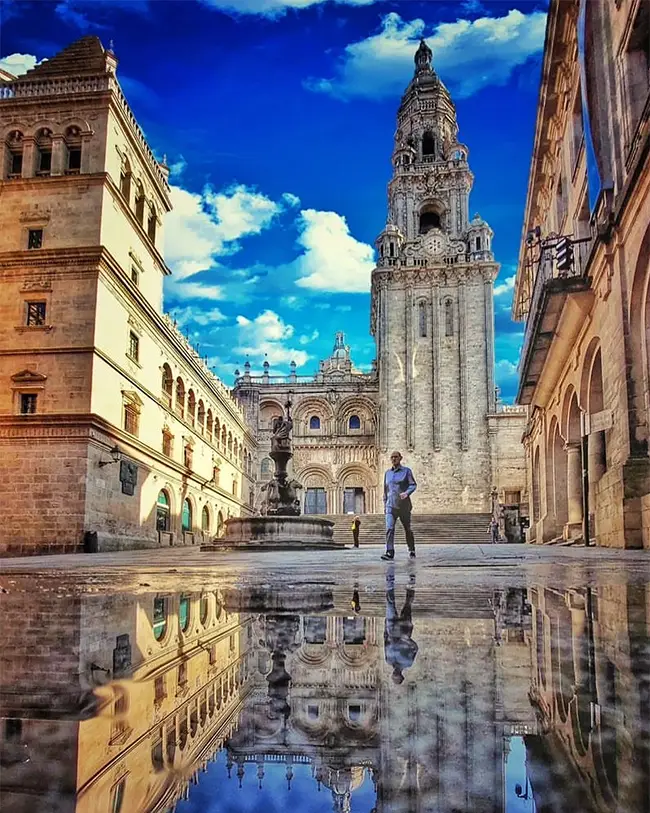
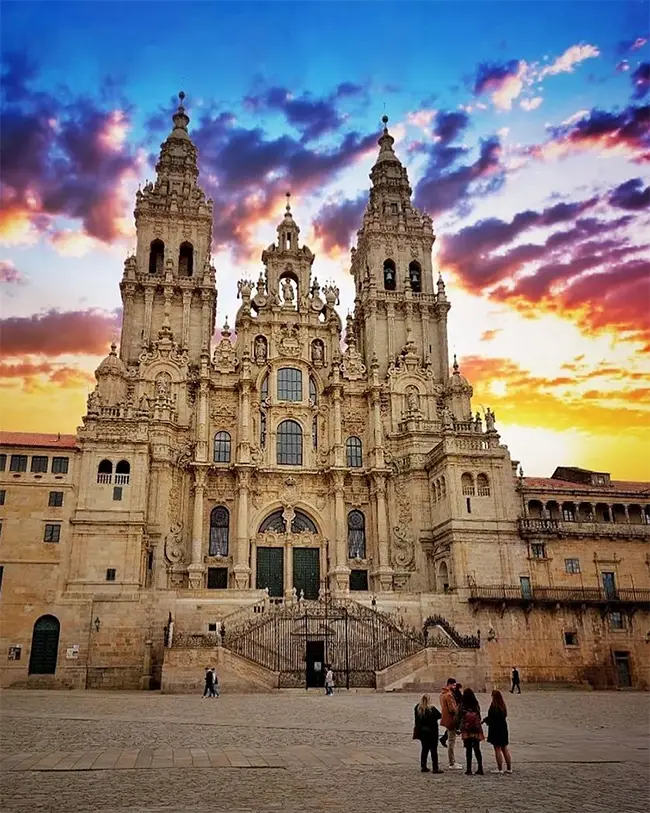
Gaudí
Antoni Gaudí was a visionary architect and one of Spain’s most famous sons. This Catalan-born artist lived most of his life in Barcelona, and his pioneering architecture can be found all over the city. His eclectic style blends Gothic, Art Nouveau, and Catalan Modernism and takes inspiration from his love of Catalonia and fascination with nature.
Gaudí’s creations are characterised by their pure individualism, imaginative designs, and vibrant colours. They have become a defining feature of Barcelona and a major draw for visitors. Some of the most popular include colourful Park Güell, the fairytale Casa Batlló, and the Sagrada Familia, the UNESCO heritage-listed basilica still under construction today.
But Barcelona doesn’t have a monopoly on Gaudí. There are a few lesser-known works by this architect outside of the city, including some of his early work at the sacred mountain Montserrat. Gaudí worked on the monastery here as a student and later returned to create one of the sculptures along the Holy Grotto Path – the Mystery of Glory.
If you head further afield to Comillas in Cantabria, you can visit more of the architect’s early work. Here, he designed the El Capricho villa and worked on the Palacio de Sobrellano as an assistant to his master, Joan Martorell.
True fans of the architect may also wish to visit his hometown, Reus. Although it does not contain any of his buildings, it does have an excellent Gaudi Interpretation Centre where you can view models of his work and learn about his life, creations, and enduring legacy.
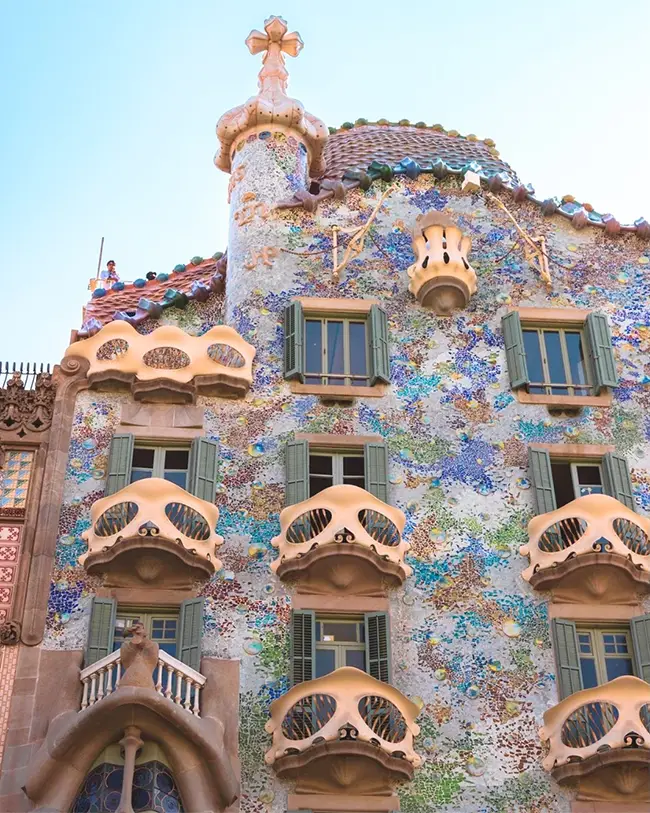
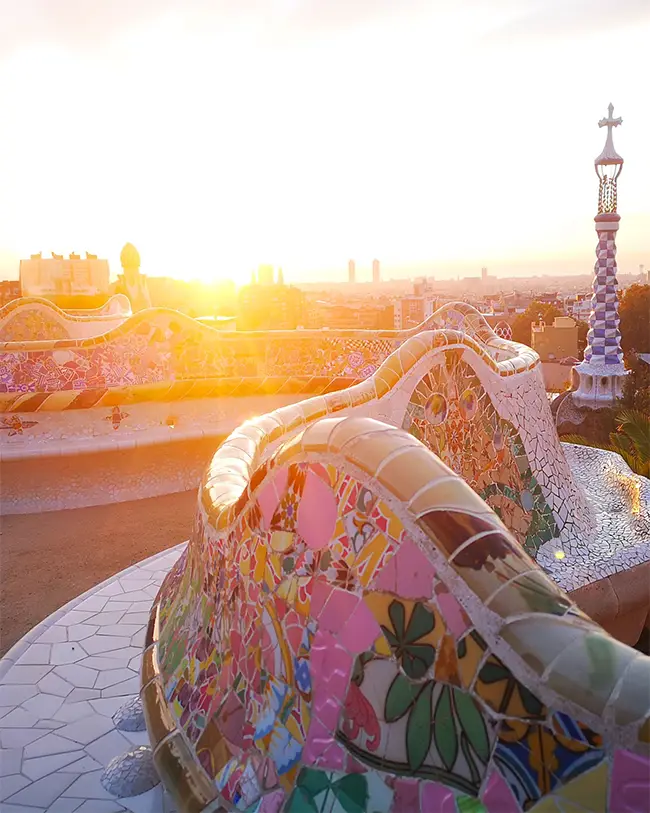

Hemingway
The iconic American author Ernest Hemingway had a deep love for Spain. The country’s landscapes, history, troubles, and culture influenced many of his most famous works. So much so that more than one Hemingway fan has visited Spain to see the sights that moved him, walk in his footsteps, and, of course, drink in his favourite bars.
Hemingway’s relationship with Spain began in the 1920s when he was living in Paris but regularly crossed the border into Spain for research trips. On these trips, he discovered Pamplona’s San Fermin Festival and the sport of Bullfighting. He was immediately taken by the violent sport, finding it fascinating and using it in his first major novel, The Sun Also Rises. Some say it was Hemingway who introduced the rest of the world to the San Fermin Festival through its inclusion in this work and made it the tourist phenomenon it is today.
Hemingway returned to Spain many times in his life, including during the Spanish Civil War when he worked as a war correspondent out of Madrid – a time which would inspire his novel For Whom the Bell Tolls, amongst other works. And later, when he returned to enjoy the culture and lifestyle Spain offered. During these visits, he formed many lifelong relationships with artists, writers, locals, and other expats.
Fans of the Nobel and Pulitzer Prize-winning writer can take a Hemingway tour of Madrid, visiting the Edificio Telefonica, where he would file his stories while dodging attacks from Nationalist troops during the war. They can drink Martinis in The Westin Palace, as both Hemingway and his fictional characters did, visit the Cervecería Alemana, a favourite haunt of his during the 1950s, and catch a flamenco show in The Vila Rosa (now Tablao Flamenco 1911), where he was said to have shared drinks with Ava Gardner.
Whether you’re a fan of the writer’s work or not, there’s no denying that following in his footsteps is a fantastic way to explore Madrid!
Hot springs
Is there anything more relaxing than sinking into the mineral-rich waters of a natural hot spring? How about doing so for free? Well, in Spain, you can do just that! Naturally heated waters are located all over the country and have been used since Roman times as a therapeutic, restorative way to relax. Today, you can find hot springs to suit all styles and budgets, from high-end spas to free public pools.
One of the most famous hot spring locations is Ourense in Galicia. This town is home to various historic springs, some paid and some free. They make a perfect stop whether you’re soaking tired hiking muscles during the Camino De Santiago or just in the region sampling the wines in nearby Ribeiro.
In Murcia, check out the Las Charcas Mud Baths. Here, you coat yourself in mineral-rich mud, dry off in the sun to enjoy benefits, and then slip back into the waters to rinse off. It is said to do wonders for a variety of skin and health issues.
The Fontcalda Thermal Baths in Tarragona sit amidst the Tortosa mountains. The springs are completely free to enjoy, and the surroundings are beautiful. The thermal spa of Caldes de Boi in the Pyrenees offers a huge variety of rejuvenating treatments amidst a breathtaking alpine landscape.
In La Rioja, the Balneario de Arnedillo springs bubble out of the ground at a toasty 52°C / 126°F, and flow through a range of pools cooling down a little in each. If you want to cool off completely you can take a dip in the nearby Cidacos River before returning to the warmth.
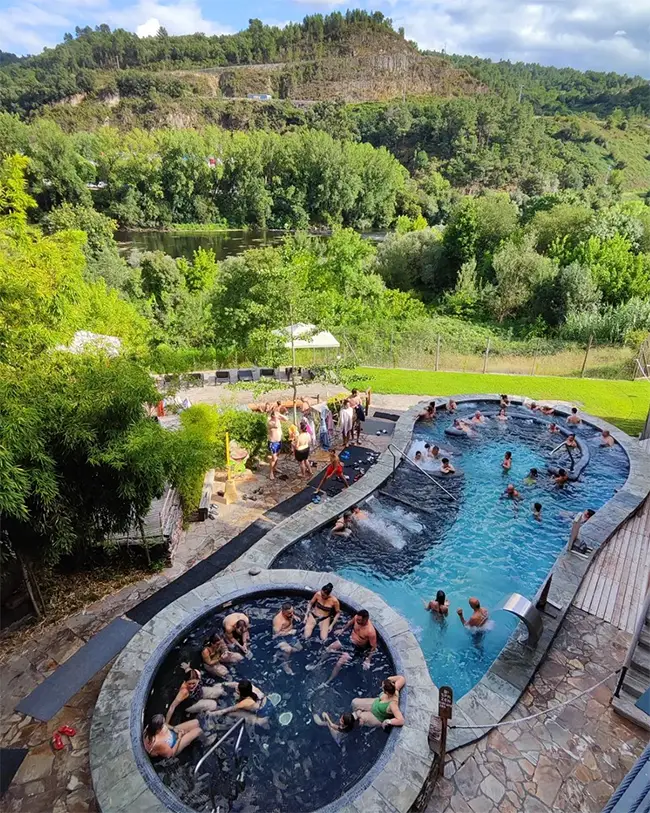
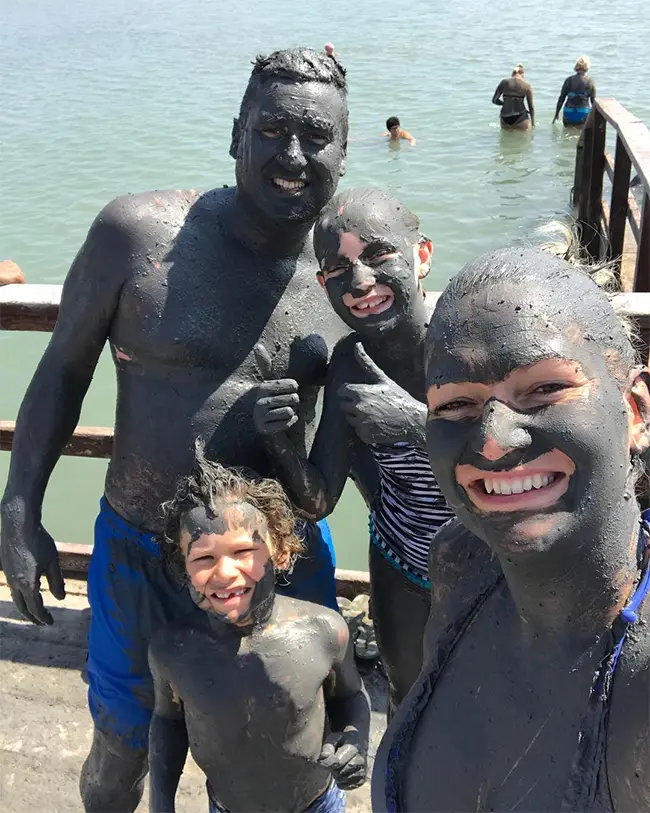
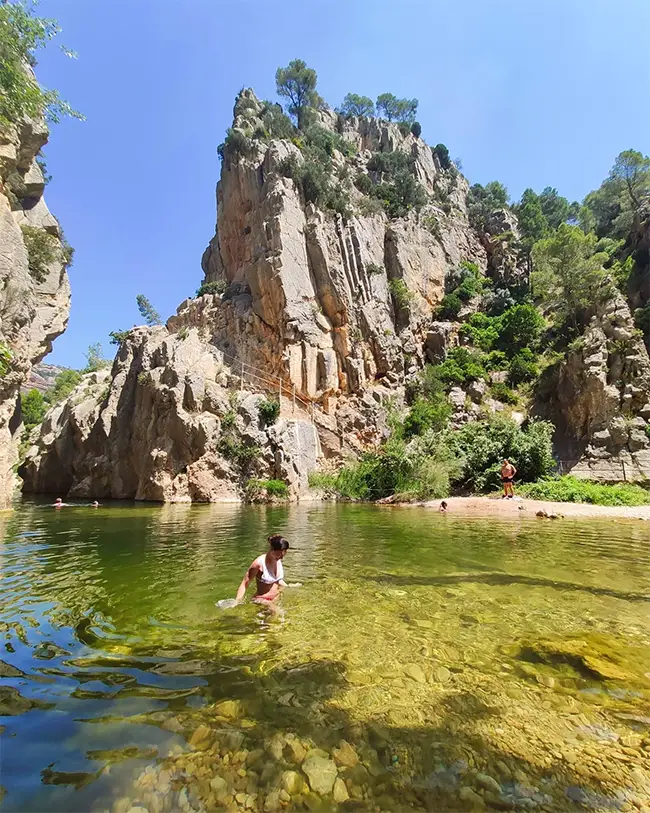
Ibiza
When we say Ibiza, you immediately think of all-night raves and debauchery, right? Well, you’re not wrong. Ibiza is undoubtedly the summer clubbing capital of the world, and if you want to drink and dance the night away in a hedonistic dream of super clubs and beach parties, then it is absolutely the place to be. But you’d be wrong to believe that that’s all this island has to offer.
Before the clubbers came, Ibiza was the go-to destination for hippies, with flower children and musicians drawn to the island’s unique ethos and beauty. Many of them never left, and the bohemian vibe is still very much alive in the hippy markets, naturist beaches, sunset drum circles, and alternative lifestyles.
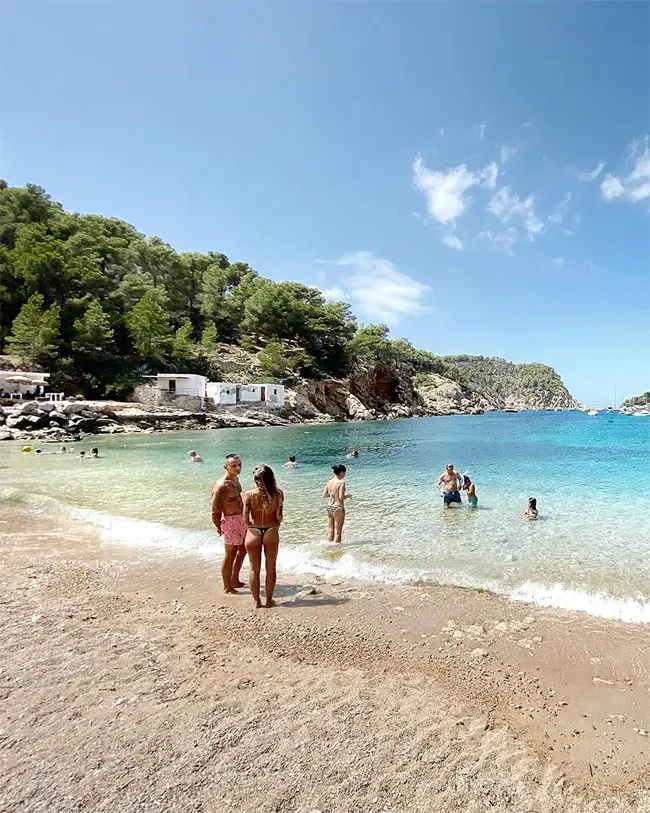
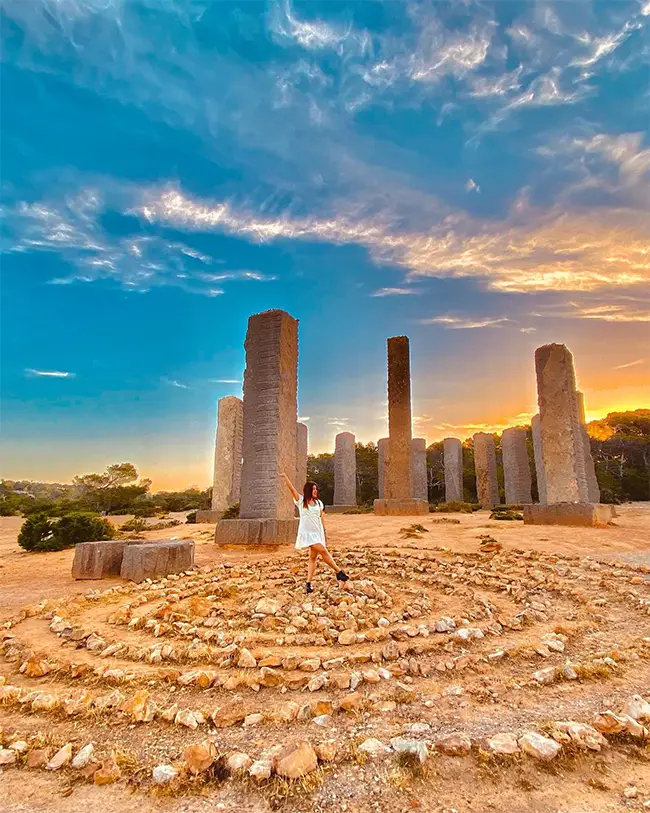

It is an island of immense natural beauty. The beaches are without compare and the surrounding jewel-bright waters are ideal for snorkelling, diving, kayaking, SUP boarding, or lounging on the deck of a luxury yacht. The interior is a rugged, underpopulated expanse of tiny villages and hamlets amidst pine-covered hills and hiking trails.
The lesser visited north coast is wild and beautiful, featuring remote coves dotted with family-friendly resorts. Down south, you’ll find the Salines Salt Flats, a haven for birds and wildlife. And off the coast, the Es Vedra volcanic island juts out of the sea, shrouded in mystery and legend.
The island’s capital, Evissa (or Ibiza Town), is the sophisticated centre of the island; this is the place to see and be seen and is a magnet for fashionistas and influencers. But it’s also steeped in history, with the UNESCO heritage-listed old town occupying an elevated position above the more modern quarters. The fortified Dalt Vila is surrounded by Renaissance-era limestone walls and is filled with cultural sights and wonders.
In short, the White Isle is a beautiful place with something for everyone, and the all-night raves are optional!
Islands
Spain is a country blessed with a beautiful climate and stunning landscapes, even if you only consider the mainland. But once you include its islands, too, the country’s appeal reaches a whole new level.
Spain has two main island clusters: the Canaries and the Balearics. Both are hugely popular year-round tourist destinations and home to some of the most beautiful places in Spain.
The Canaries comprise seven main islands located close to the African coast. This location gives them a balmy year-round climate and makes them fantastic winter sun destinations. Each island has a slightly different character and appeal, but as a whole, they are renowned for their dramatic volcanic landscapes, black and white sand beaches, fantastic watersports, and low-cost, family-friendly holiday resorts.
The sun-drenched archipelago of the Balearics is located closer to the mainland and made up of four main islands. The most famous island is the summer party capital of Europe, Ibiza, known for its super clubs and celebrity guest list. Mallorca is the largest island and home to a wealth of delights, from family-friendly resorts on stunning beaches to mountains crisscrossed with hiking trails through pine forests and sleepy hamlets. Menorca is a laid-back, less crowded destination dotted with historical and archaeological wonders, while Formentera, the smallest and most overlooked island, is the place to go for unspoilt beaches and otherworldly beauty.
Truly, with so many beautiful islands to explore, why would you ever visit the mainland?
Jerez
Nestled in the heart of Andalucía, Jerez de la Frontera is renowned for its sherry-making and export. Visitors can wander the old streets, tour historic bodegas (wineries), catch a glimpse of the centuries-old wine-making processes, and sample the delicious fortified wine.
But there is more to this soulful town than just sherry. Like much of Andalucía, it is a place of layered culture and traditions blended from the various people who have lived in the region.
Jerez is one of the birthplaces of Flamenco and is an ideal place to catch an authentic display of the passionate dance. There is a month-long flamenco festival in February and March, but the bars and clubs of the town pulse with flamenco rhythms year-round, so whenever you visit, you’ll easily find an organised performance or spontaneous street display to watch.
Additionally, Jerez has a proud history of equestrian excellence. Head to the Royal Andalucían School of Equestrian Art to learn about the beautiful, regal Andalucían horses, then watch them perform intricate dances of equine ballet.
History and architecture lovers should check out the stunning Alcázar of Jerez, an 11th-century Moorish fortress and gardens, then, visit the Jerez Cathedral to see its blend of Gothic and Baroque architectural styles. Linger after dark to see it especially impressive when lit up.
All in all, whether you’re partial to a tipple of sherry or not, Jerez is a fantastic stop on your Spanish tour.
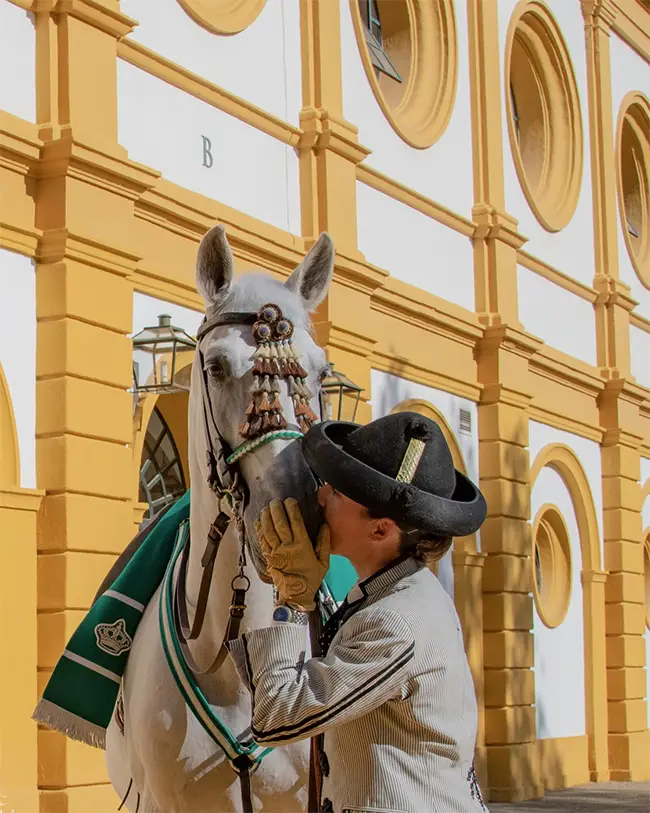
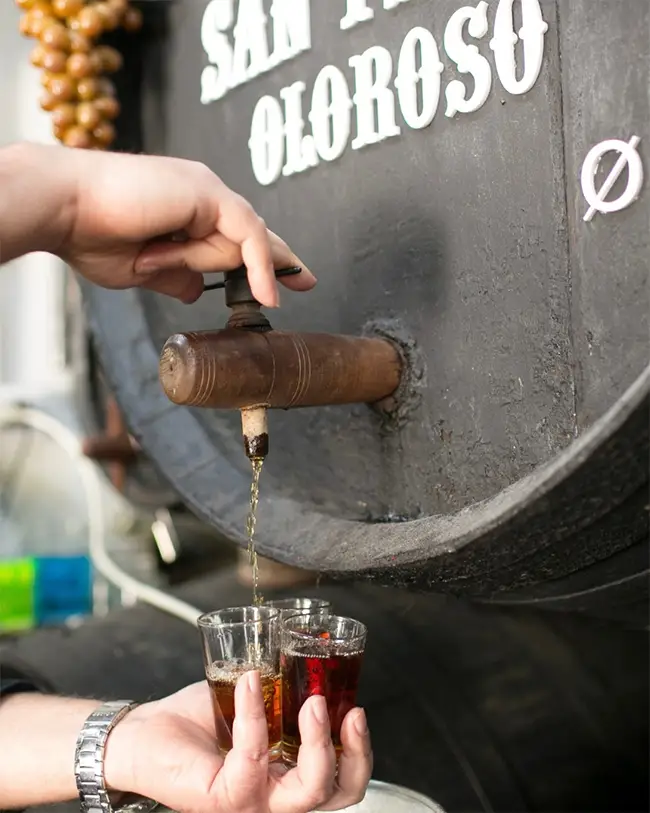
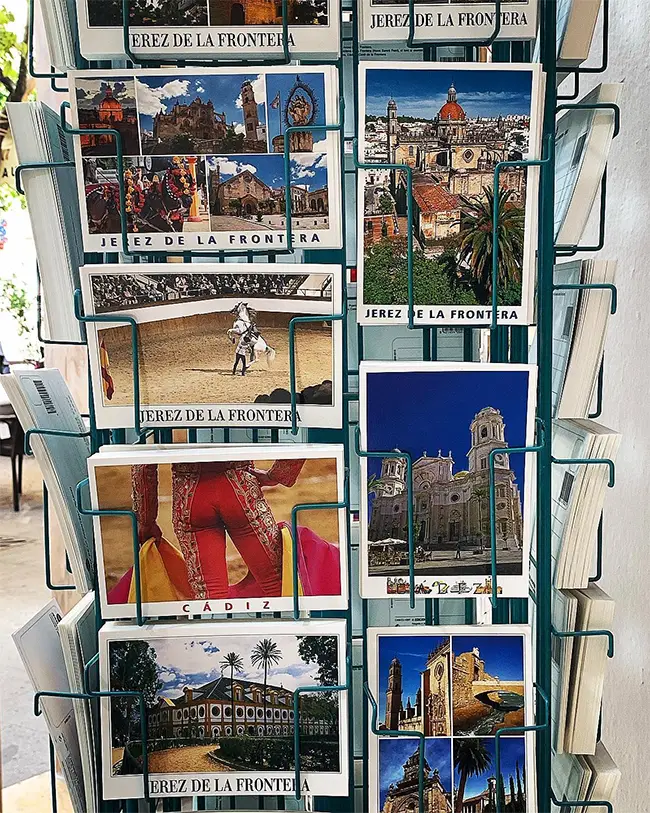
King Felipe VI
Spain has a constitutional monarchy represented by the current King, Felipe VI, who has held the throne since June 2014, when his father, King Juan Carlos I, abdicated. The royal family includes Queen Letizia and their daughters Leonor, Princess of Asturias, and Infanta Sofía.
Spain’s monarchy has existed since the 15th century. It has had a tumultuous history but still holds a significant place in the country’s cultural and political landscape. In addition, Spain’s royal history plays a large part in the country’s tourism industry, with visitors enjoying tours of the country’s many palaces and royal residences. These include the Royal Palace in Madrid and the Royal Alcázar of Seville, where the royal family still resides when they visit the city.



Kitesurfing and windsurfing
With summer thermal winds and winter storms, Spain is windy all year round, making it one of the best locations for kite and windsurfing in Europe, if not the world.
One of the continent’s most famous kitesurfing locations is Tarifa. Located on the Straits of Gibraltar, this spot has swift currents and near-constant crosswinds, creating ideal conditions for wind and kitesurfing. Conditions are so good that Tarifa holds international and World Cup competitions yearly.
There’s plenty of swell, too, which attracts surfers in droves, and the abundance of watersports enthusiasts has created a laid-back town with a very cool vibe. Numerous bars offer an excellent apres-surf scene, and there are plenty of surf shops and schools to help beginners join in the fun.
Elsewhere on the mainland, Cadiz, with its sandy-bottomed beaches, is good for beginners. 5km long Castelldefels is a good choice, conveniently located near Barcelona. And Galicia is popular with advanced kite and windsurfers for its wild coastline, Atlantic swell and underpopulated waters.
Great kitesurfing is available all over the Canary Islands, but Fuerteventura is the most famous spot – unsurprisingly since its name means ‘strong winds’. It is also the least developed, which means plenty of uncrowded beaches to enjoy! The entire coastline is dotted with kitesurfing spots, but head north for the most reliable winds and beginner-friendly waves. Go to Playa de Sotavento in the southeast to hang out with the pros and watch annual competitions.
In the Balearics, the Bay of Pollensa on the north coast of Mallorca is a kiting hotspot, while Menorca gets battered by winds all year round and has some great kitesurfing beaches. Check out Cala Tirant for the best-known kitesurfing beach on the island, or Fornells Bay, popular with beginners for its calm waters and constant winds.



LGBTQ+
Spain is increasingly becoming one of the most LGBTQ+ friendly holiday destinations in Europe. Despite its Roman Catholic background and the long years of oppression during Franco’s regime, modern Spain is a progressive and inclusive country. In fact, it was one of the first countries to rule in favour of gay marriage and adoption, legalising both in 2005.
LGBTQ+ travellers can expect trouble free travels and can choose from a variety of welcoming locations with gay-friendly accommodations, lively venues, and abundant entertainment.

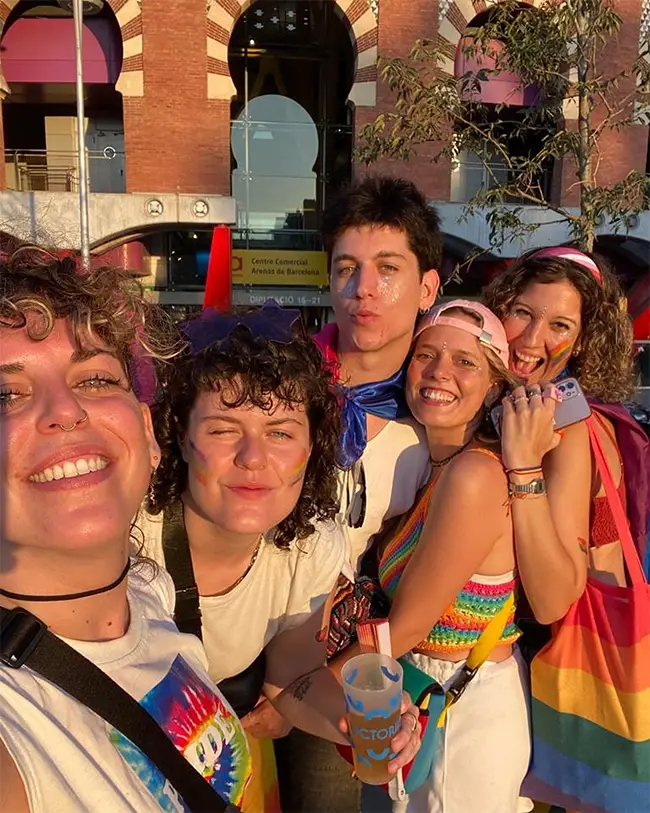
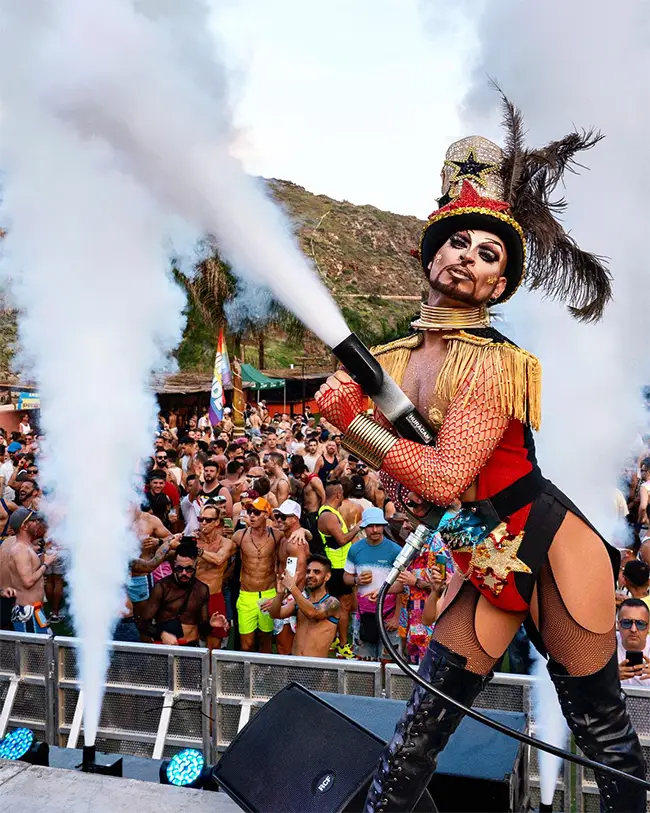
Some of the best spots to consider are:
- Madrid: The country’s capital hosts one of Europe’s largest Pride celebrations, attracting millions of visitors annually. Plus, Chueca, Madrid’s LGBTQ+ neighbourhood, is one of the coolest regions of the city and offers an array of bars, clubs, and cultural events
- Barcelona: Known for its cosmopolitan vibes, this city throws an annual Pride celebration to rival Madrid’s, plus several other LGBTQ+ festivals and events throughout the year. Gaixample is the hub for LGBTQ+ nightlife, with a plethora of bars, clubs, drag shows and cabarets, as well as cafes, restaurants, bookshops and gay-friendly accommodation.
- Sitges: Just a short drive or train ride from Barcelona, this beachside town is the unofficial LGBTQ+ capital of the country. It is renowned for its gay-friendly beaches, bars and clubs, which have been welcoming diverse partygoers since the 80s. The annual Sitges Pride Festival draws crowds from around the world, while colourful Carnival celebrations liven up February and March.
- Torremolinos on the Costa del Sol is a lively party resort popular with LGBTQ+ travellers.
- Gran Canaria is the most welcoming of the Canary Islands, with LGBTQ+-friendly resorts at Maspalomas and Playa del Ingles.
- Ibiza, the party capital of the Balearics, welcomes LGBTQ+ travellers with open arms. The island’s liberal atmosphere, diverse nightlife, and global fame make it endlessly popular.
Mallorca
Mallorca is similar to Ibiza in that it has a big reputation that precedes it, but doesn’t tell the whole story. Think of Mallorca, and it’s not long before visions of 18-30’s holidays and teens-gone-wild in Magaluf spring to mind, closely followed by thoughts of Brits-abroad enjoying English fry-ups and pints of bitter in Irish bars.
And, honestly, that is all true. If you want to drink your body weight in cheap shots and party till dawn with stag parties and teenagers getting their first taste of freedom, Magaluf will not disappoint. If you want a cheap and cheerful holiday where you don’t need to learn the language and the bars show the Premier League football matches, then Palma is for you. But don’t make the mistake of thinking that’s all this island has to offer.
Mallorca is a stunning island with immense natural beauty and spectacular beaches that run the full range from busy tourist strips to rocky inlets and secluded coves where you can feel like the only person in the world. The waters are beautiful for swimming, snorkelling, diving and kayaking, and the north is a popular spot for kite and windsurfing.
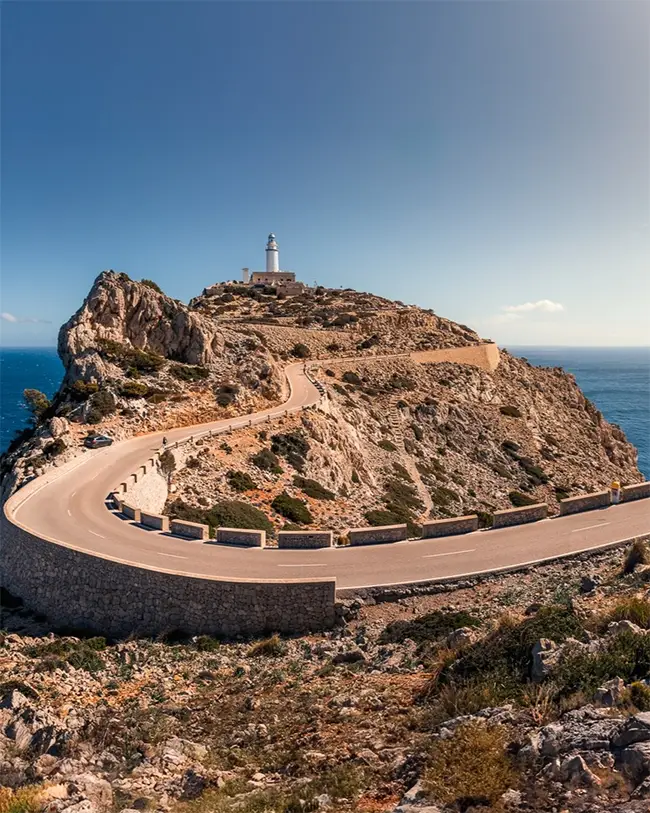
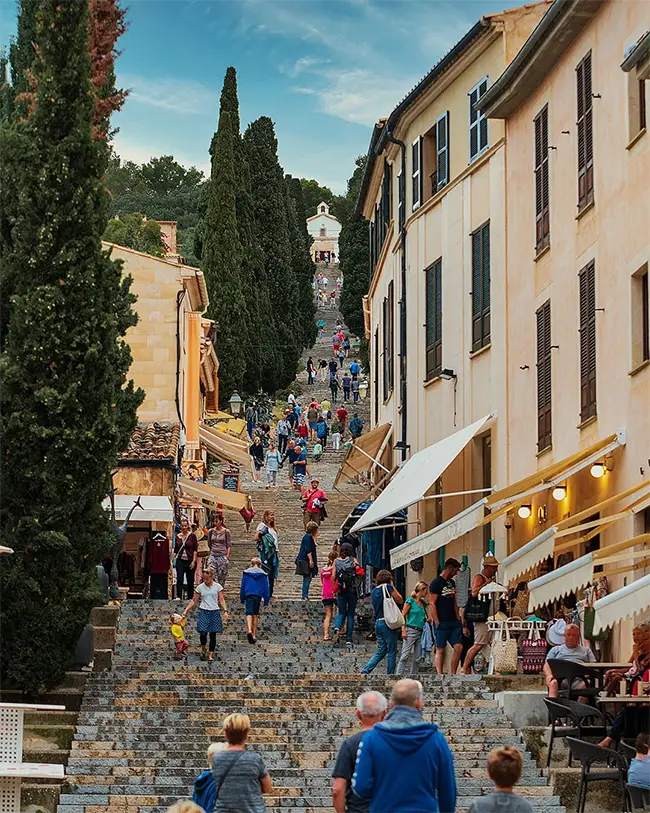
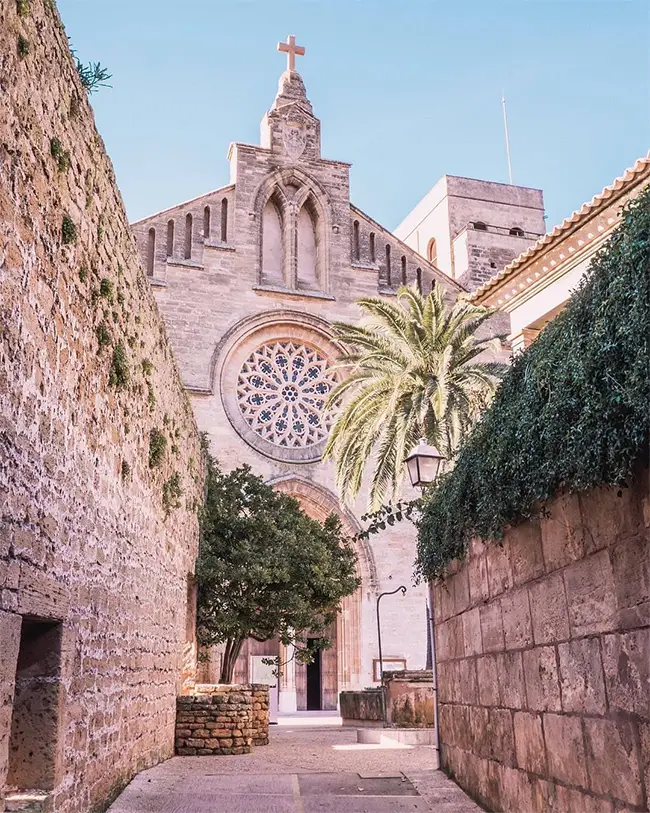
Nature lovers will be enchanted by Mallorca’s diverse inland landscapes, from rugged mountains to verdant valleys. Hiking and cycling trails meander through olive groves and citrus orchards, past winter-blossoming almond trees, through picturesque villages and lush forests, and you can enjoy multi day hikes that lead you from one end of the island to the other. Fans of beautiful vistas will be hard-pressed to find anything more spectacular than the views from Cap de Formentor. And renting a scooter to drive along the dramatic winding road of this peninsula is great fun.
The busy tourist towns of Alcudia and Port de Pollenca offer everything you could want from an easy breezy beach holiday while their corresponding old towns offer plenty to delight history lovers. Walking the ancient walls of old Alcudia will make you feel like you’re in an episode of Game of Thrones, while climbing the Calvari Steps in Pollenca, is excellent whether you’re looking for a workout or an Instagram opportunity.
Lastly, Mallorca is an island that knows how to party, and we don’t mean in the dusk-to-dawn nightclubs. This island loves its cultural celebrations and Pollenca hosts a dramatic Moros y Cristianos (Moors vs Christians) battle reenactment every summer. It’s also a fantastic place to be for the atmospheric Feast of St Joan on the summer solstice, complete with eerie masked demons taking part in the Correfocs (fire runs). And it’s got a packed events calendar the rest of the year too.
So forget what you think you know about Mallorca, this beautiful Balearic island is well worth considering for your next Spanish holiday destination.
Navarra
This small but characterful Basque region in northern Spain is most famous for its capital city, Pamplona, which hosts the annual Running of the Bulls festival. But there is much more to see in this diverse region than just that one event (legendary though it might be!).
This is a region with a dramatic mix of landscapes that will delight and inspire nature lovers. The north is a lush green expanse of oak and beech forests, rolling foothills, high Pyrenean peaks and breathtaking river gorges. It’s a land of impossibly quaint mountain villages and endless hiking trails, including a section of the Camino de Santiago.
Head south, and the landscape changes completely. It becomes dryer, hotter and flatter as the peaks are replaced with olive groves and vineyards until you reach the desert-like expanse of the Bardenas Reales. This sunbaked landscape of surreal rock formations is an adventure playground guaranteed to excite hikers, cyclists, and outdoor enthusiasts.
History lovers won’t be disappointed either. Navarra is home to several ancient landmarks, including the fantastically preserved mediaeval castle at Javier, the fairy-tale-pretty royal palace at Olite, and the historic town of Tudela, known for its intriguing blend of architectural styles.
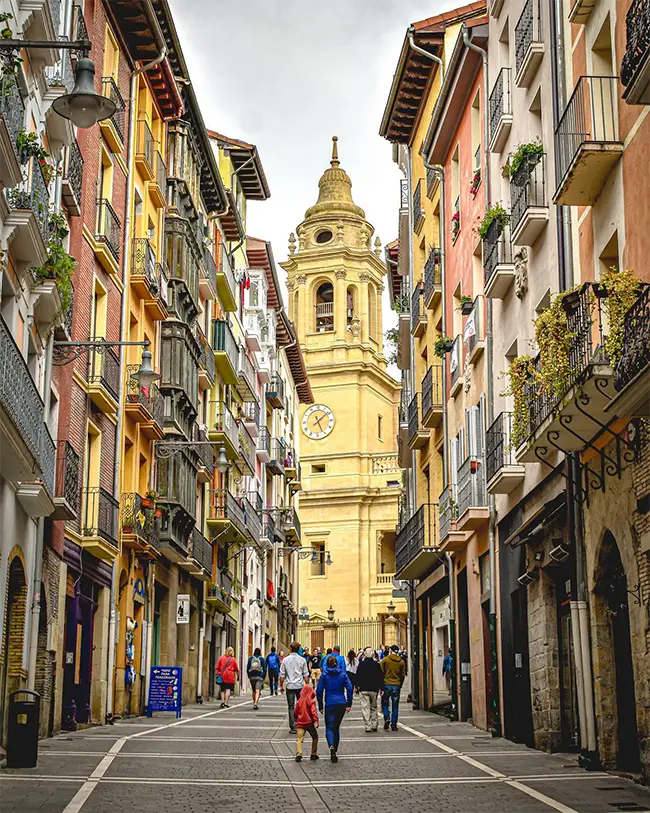
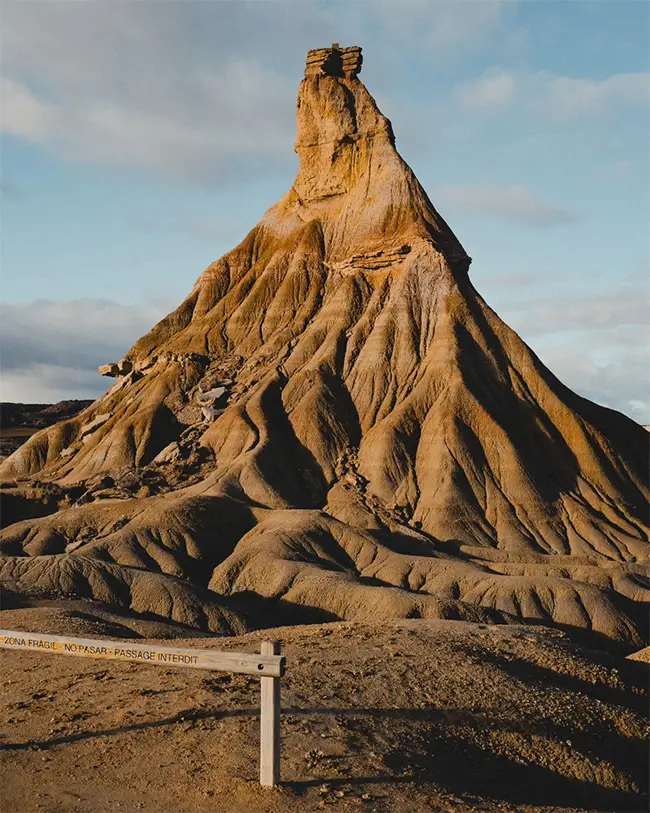
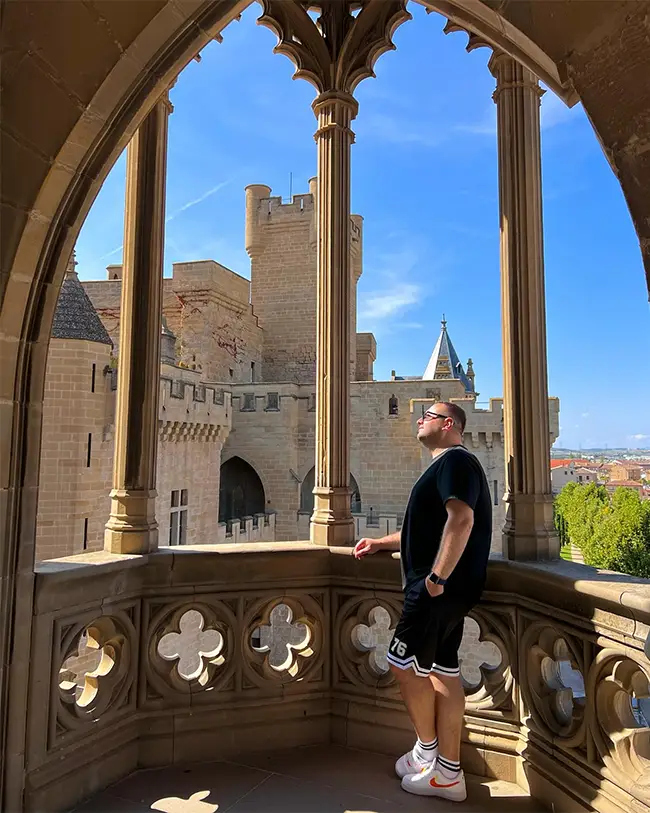
Olympics
Barcelona has experienced many evolutions in its long history but its most transformative moment in modern times was when it hosted the 1992 Olympics. Often praised as one of the most successful examples of Olympic planning, the games brought about changes that revamped this city in many innovative ways, leading to a hugely successful event and catapulting the city into the global spotlight.
The city wisely used Olympic funds to enhance necessary infrastructure, including public transport, roads, accommodation, facilities, parks, and recreation spaces that could be used long after the games ended. They built and improved the city’s stadiums, creating what are now some of the country’s most important sports and music venues.
Montjuïc and Poblenou saw substantial renovations, while Barcelona’s waterfront underwent a significant makeover, creating the iconic chain of beaches and promenades from a previously beach-less industrial area.
These changes not only improved residents’ quality of life but sparked a tourist boom across the city, leading to decades of economic prosperity.



Pamplona
The capital of the Navarra region in northern Spain is best known (for many people, only known) for hosting one of Spain’s most legendary events: the Running of the Bulls.
Thousands converge on this usually peaceful town every July for the San Fermín Festival. They fill the streets to watch the exhilarating el encierro, where participants race ahead of a pack of charging bulls, trying not to get trampled or gored in the process. The event has been taking place since the 14th century, and though it’s somewhat controversial in modern times due to concerns about animal welfare and the injuries and even deaths sustained by humans, it shows no sign of declining in popularity. In fact, if you want to visit during the San Fermín Festival, you will need to book accommodation at least six months in advance to find a bed!
However, as thrilling as the event is, it’s not the only reason to visit this city. If you visit outside the festival, you’ll find a much more peaceful place with a beautifully preserved old town. Here, you can wander through mediaeval streets, admire Gothic cathedrals, explore Roman ruins, and marvel at city walls that have stood for centuries.
Visiting the city’s museum is a must to see local archaeological finds and Spanish artistic masterpieces. Follow this with a stroll along the charming, cafe-lined Plaza del Castillo, then enjoy a relaxing afternoon in one of the city’s leafy parks before diving into the impressive culinary scene where you’ll discover an enticing array of Basque cuisine and local dishes.
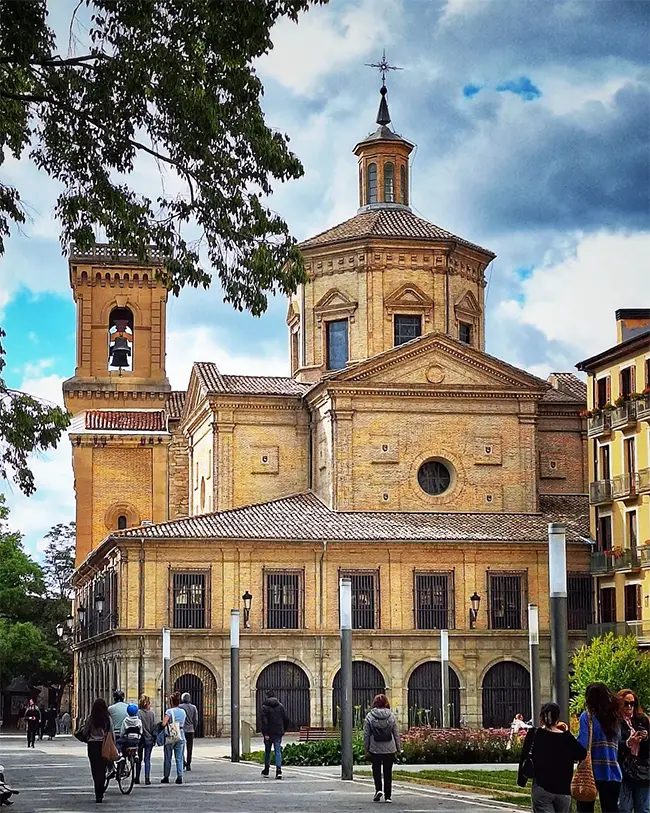
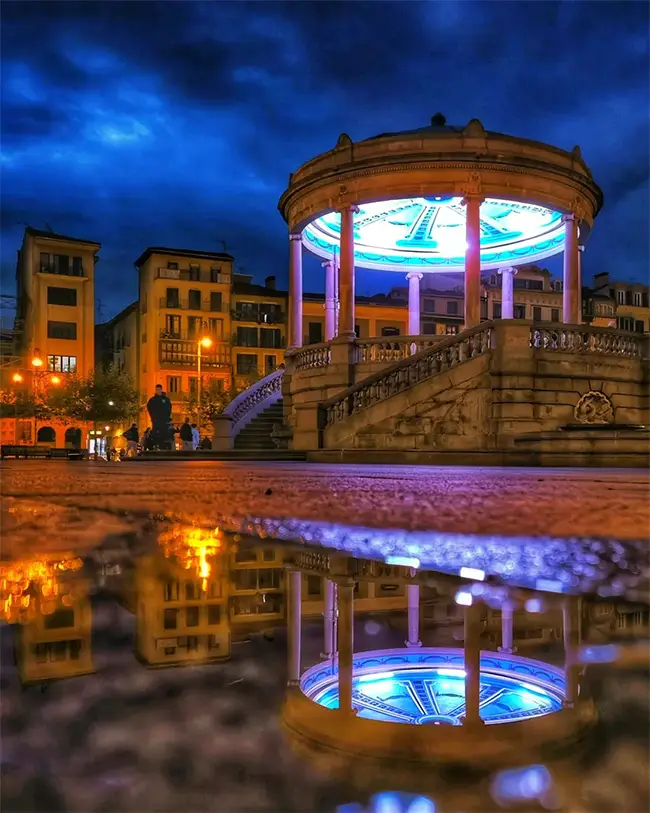
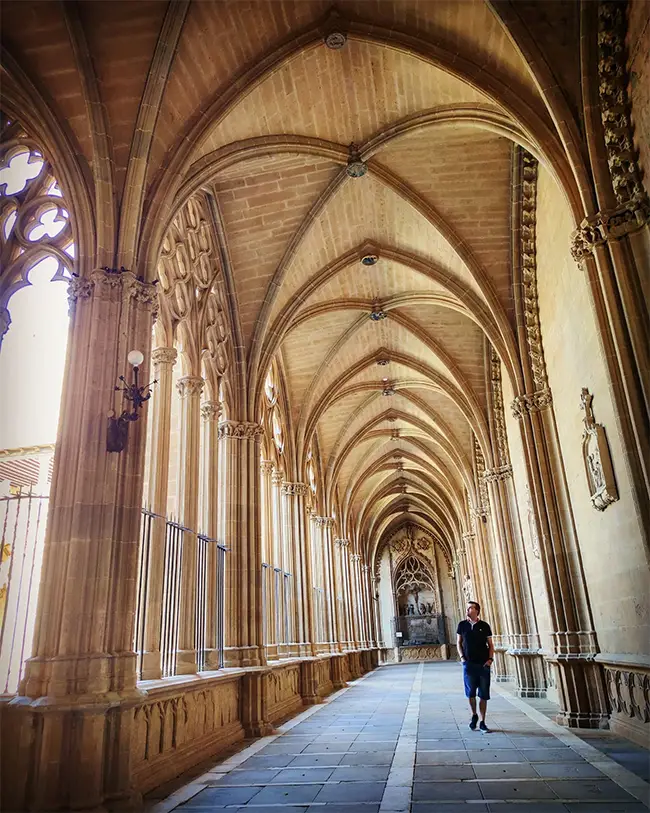
Quixote
Miguel de Cervantes’ masterpiece Don Quixote was originally published in the early 1600s. However, it has proven to have timeless appeal thanks to its captivating protagonist and enduring themes of imagination, madness, romance, and idealism.
The titular Don Quixote is a member of the lowest nobility who reads so many stories of chivalric romance that he believes himself to be in one. He sets off as a knight-errant with his faithful squire in search of adventure, embarking on absurd quests, battling windmills he imagines as giants and mistaking flocks of sheep for marching armies.
Fans of the novel will know that Quixote is from the Spanish region, La Mancha, and visitors can head to the region to view the very windmills (or Molinos) that Quixote ‘fought’ in the book. You won’t be the only one following the Ruta de Don Quixote, and you’ll find that the region has fully embraced its most famous export (closely followed by Manchego cheese). You’ll see depictions of Cervantes and his Knight gracing billboards, signs and statues across the region.
Not read the Spanish classic? What better time to do so than when visiting Toledo and taking a meandering tour through the La Mancha region?
Religion
Spain is a country of religious freedom and diversity, and various faiths are practised within its borders. Islam, Judaism, Protestantism and Hinduism all have minority communities in Spain. However, there’s no denying that the primary religion is Roman Catholic.
Catholicism has had many centuries of influence in Spain, and this can clearly be seen in the abundant churches, museums, and Catholic festivals that fill the calendar. Although the religion’s popularity has fluctuated at times, Catholicism is so baked into the country’s cultural traditions that even those who do not consider themselves Catholic find themselves partaking in religious practices and events.
For example, younger generations of Spaniards are increasingly secular. Yet, it is common for them still to attend mass on important days of the year and to keep certain rites, such as baptising their children.
The same often goes for visitors to the country who often greatly enjoy the country’s religious festivals whether they are of the faith or not. The parades and festivities that occur around Holy Week and Christmas are spectacular.
Plus, every city, town and region in Spain has a patron saint who they celebrate on a set day or week. These celebrations are often some of the most fun events of the year, characterised by street parties, parades, and cultural displays.
Siesta
One of Spain’s best traditions – and one that should really catch on across the globe – is the siesta.
This mid-day break originated with farm workers and labourers who rested during the peak heat of the day and returned to their work once the sun had become more manageable. The siesta caught on across the country, becoming a well-established cultural practice and a welcome respite from the overwhelming heat.
But it’s about more than just napping; the Spanish don’t all just take a 3-hour nap! It’s about taking a break to enjoy a lingering lunch, see friends and family, relax and reset for the afternoon’s work – which then often continues into the evening.
Working this way has been proven to increase productivity and focus and decrease stress, yet despite this, Spain’s urban hubs and corporate centres have recently moved away from the tradition.
But the practice still endures across much of the country, especially in the stifling southern and inland areas. Some regions still respect the siesta to the extent that noise orders are in place to keep the streets quiet between 2:00pm and 5:00pm.
If you’re in one of these regions, the place will become a ghost town after lunch, with shops, restaurants, and cafes closing up and the streets emptying, so why not do as the locals do? Retreat to your room to relax and snooze; your accommodation will probably have light-blocking shades for just this purpose. When you wake up, you’ll be refreshed and ready to make the most of the long, light evenings, enjoy a late dinner and stay out partying till dawn.
It’s no coincidence that this country has a reputation for late-night antics and dusk-till-dawn nightlife – it’s all powered by the siesta!
Tipping
Tipping is optional in Spain and is a gesture of appreciation rather than a cultural norm. Bear in mind that hospitality workers are paid a living wage throughout the country, so tips are a welcome addition rather than a necessity as they are in the US.
Here are a few guidelines when it comes to tipping in Spain:
- You do not need to tip in bars and cafes, but you can leave a few coins to round up your bill to the nearest euro if you wish.
- In restaurants, there is a growing trend for adding a service charge to the bill, so check for this to avoid tipping twice. If there is no service charge, tip if you enjoyed good service. Between 5 and 10% is considered generous.
- Tipping taxi drivers is not necessary, but some people will round up the fare.
- Tips are becoming more and more common for food delivery drivers. 2 to 5 euros is reasonable.
- In old-fashioned or high-end hotels, it is customary to leave a tip for the housekeeping staff if you were impressed by their service and to give a euro or two per bag if they carry your luggage to your room.
- Tour guides will always welcome a tip, especially those who run free or by-donation walking tours, which you’ll find many of in the cities. The amount should depend on how knowledgeable and friendly they have been.
UNESCO
The UNESCO organisation is in charge of designating certain places around the globe as World Heritage Sites. These places are chosen for having such cultural and historical significance it is deemed necessary to protect them for future generations. This designation is not given lightly, and yet Spain is home to 50 such UNESCO World Heritage sites.
Some of the top Spanish sights to put on your UNESCO bucket list are:
- Antoni Gaudi’s architectural works in Barcelona, including the iconic La Sagrada Familia.
- The stunning Alhambra Moorish palace, fortress and gardens in Grenada.
- The historic centre of Córdoba, including the beautiful Mosque-Cathedral.
- Doñana National Park is one of few natural rather than man-made heritage sites designated for its incredible biodiversity.
- The well-preserved medieval-walled old town of Cuenca.
- Teide National Park, Tenerife. Another natural wonder and home to the highest peak in the country.
- The Aqueduct of Segovia is a marvel of Roman engineering.
- Real Alcázar is probably the most famous attraction in Seville and is supposedly the oldest palace in Europe still being used today.
- Ibiza’s Dalt Vila, or Old Town, is home to the Cathedral of Eivissa and a variety of cultural wonders.
- The Cave of Altamira in Cantabria holds fascinating prehistoric cave paintings and charcoal drawings.
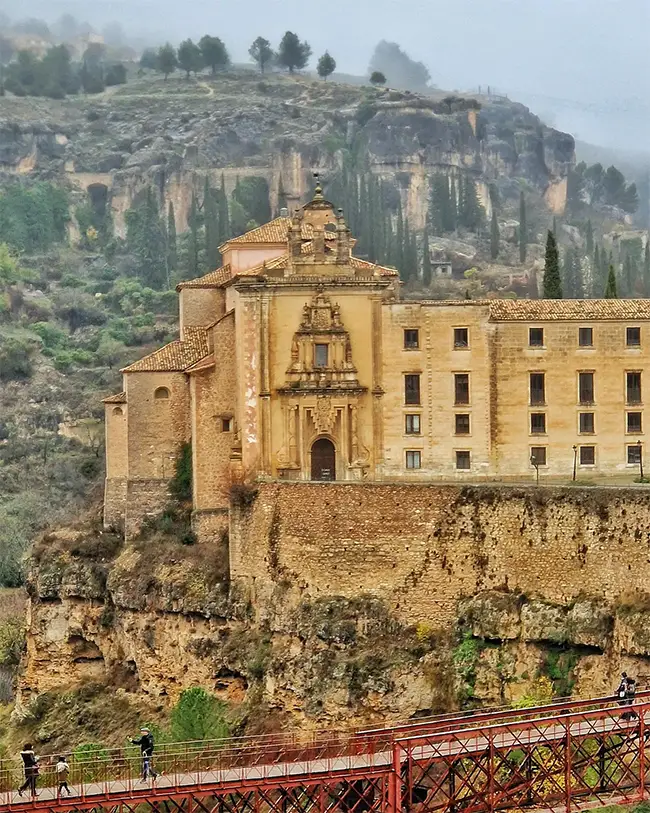
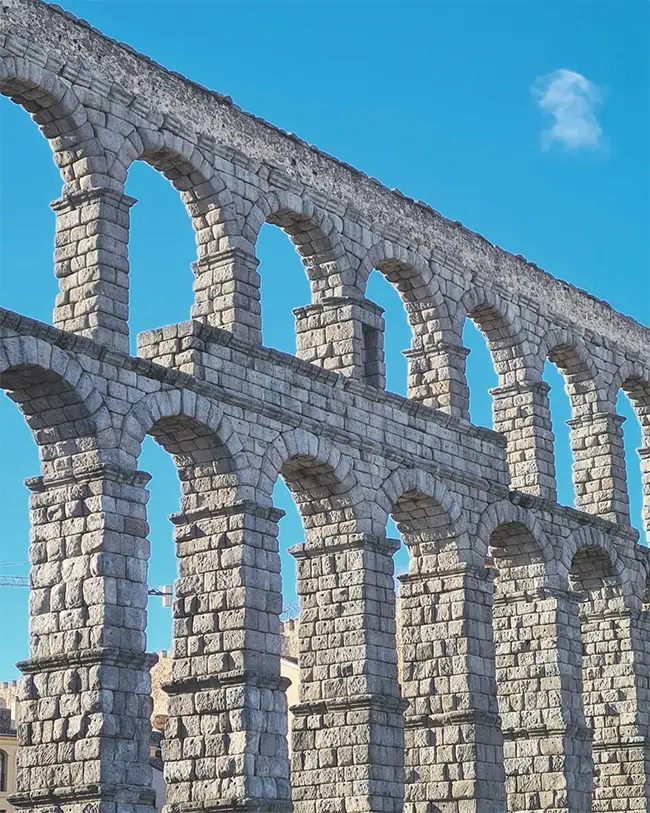
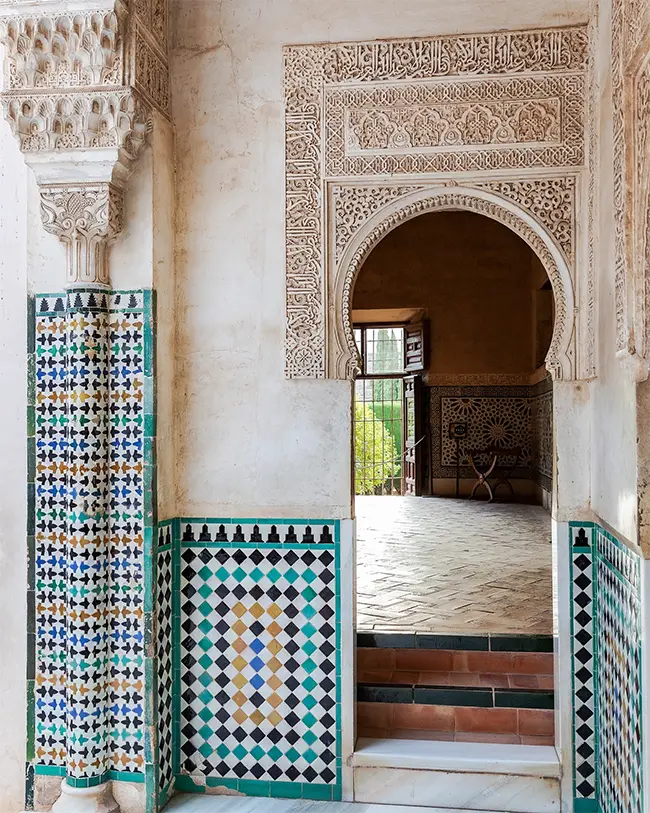
Vermouth
When heading to Spain, you’re probably planning to enjoy a drink or two. You might be dreaming of sipping on sangria, sampling some cava, or enjoying a cold glass of San Miguel. But why not consider joining the locals in a glass of vermouth instead?
Drinking vermouth in the afternoons is a Spanish tradition that goes back decades. Once, families and friends would gather after church to enjoy glasses of vermouth as an aperitif before Sunday lunch. For a while, this tradition became less common and was seen as old-fashioned, but it is now enjoying a resurgence in popularity.
It is now very common to see young people gathering in the afternoons to ‘fer un vermut‘ or do a vermouth. This phrase has become a shorthand for gathering with friends in the afternoons to enjoy a drink, a snack and a catch-up.
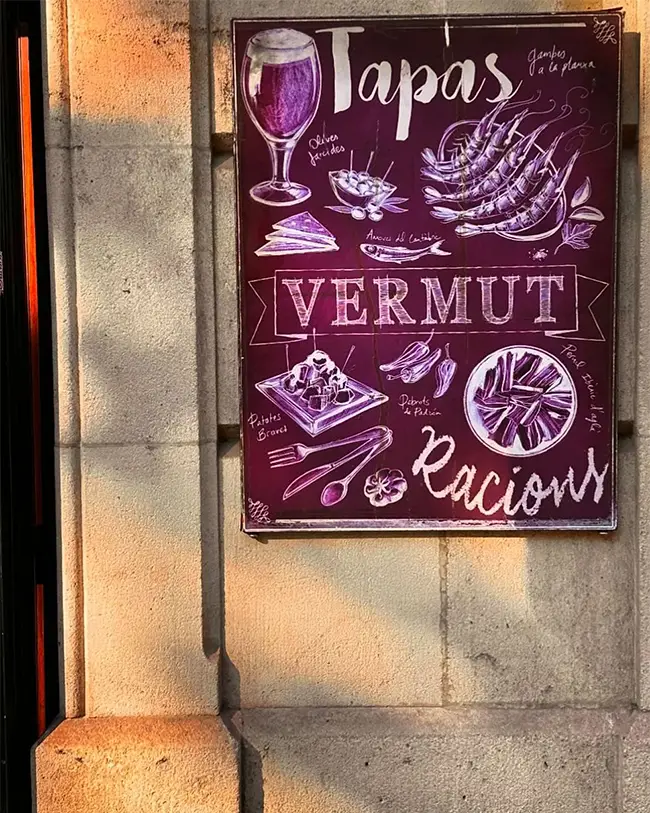
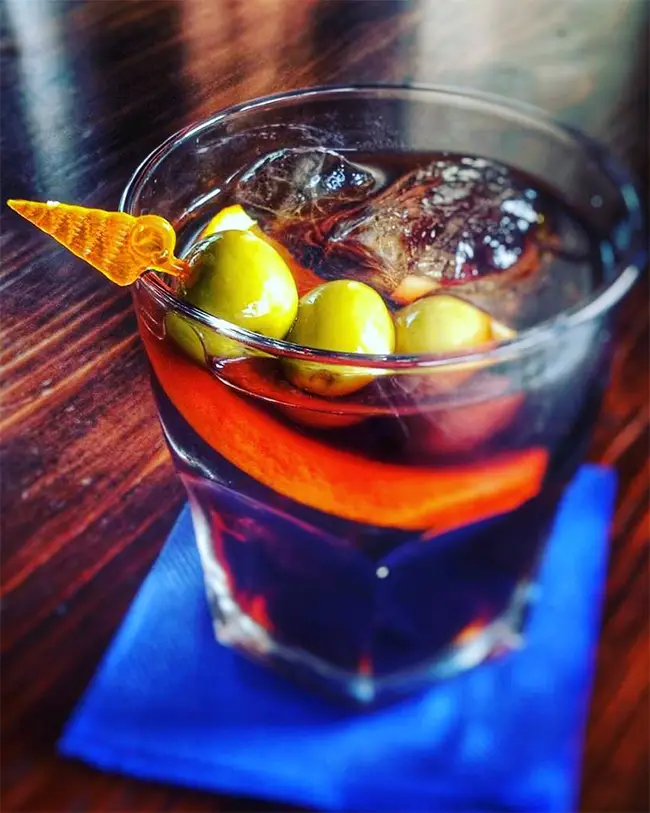

The tradition is most popular in Catalonia. In Tarragona, you’ll find one of the oldest vermouth wineries in the country, and Barcelona is home to hundreds of vermouth bars ranging from centuries-old taverns filled with dusty bottles to trendy modern joints offering signature vermouth cocktails. But the popularity is spreading, and you’ll find crowds enjoying Vermouth Time in other cities, including Madrid, Valencia and Grenada.
Enjoy the sweet, aromatic drink straight, over ice or with a splash of soda water or lemonade. It’s traditionally served with a small complimentary tapa, such as a bowl of olives, bread, or cheese and ham.
Enjoy this as a little pre-lunch starter or while away an entire afternoon moving from one vermuteria to the next, enjoying the tapas and sampling different vermouths. Since each maker infuses the vermouth with their own recipe of herbs and spices, the flavour can vary widely, so you should try a few before you declare your favourite!
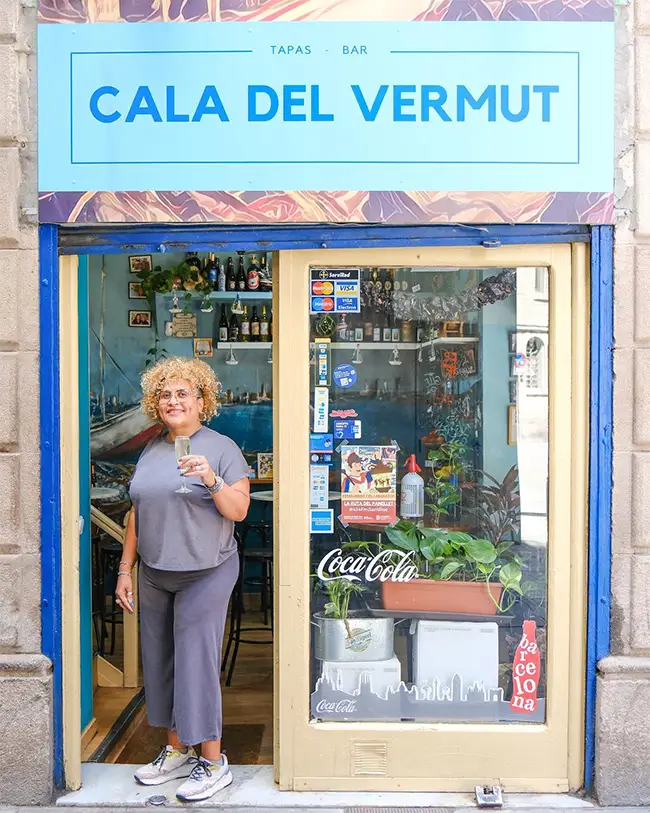
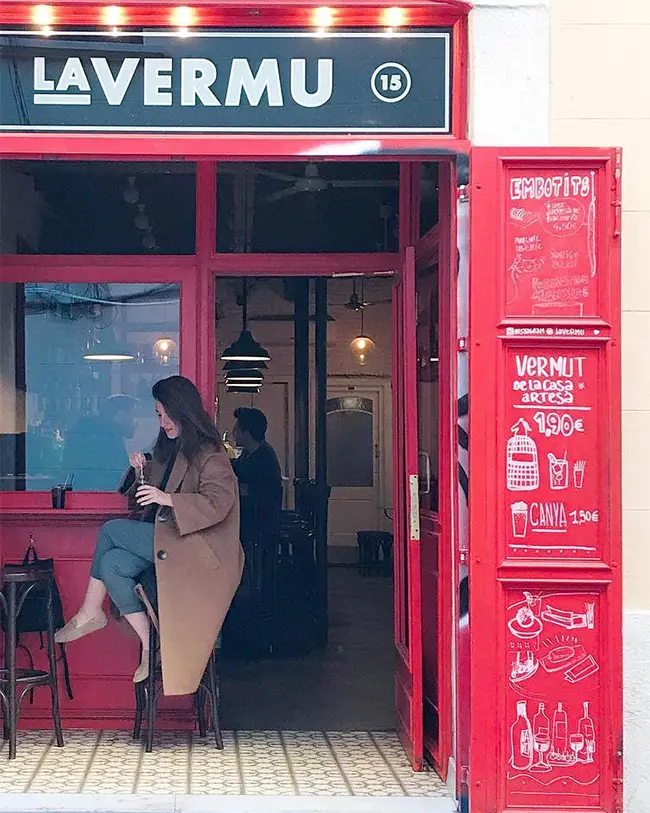

Wildlife
Spain is a land of varied landscapes, from towering mountain peaks and semi-arid deserts to the rugged Atlantic coast, balmy Mediterranean shores, and diverse island groups. This huge range of habitats leads to extraordinary biodiversity, and the country is home to a fantastic array of birds, wildlife, and marine animals.
But this abundance did not come by accident. Many of the remarkable species that call Spain home were once driven out or hunted to near extinction before the country began implementing conservation laws to protect the animals. Spain started creating protected spaces as early as 1918, and today, there are 16 National Parks and numerous other conservation areas where wildlife can thrive and visitors can enjoy the spectacle.
Hiking in these abundant national parks gives you the chance to see some truly incredible animals, including ibex, wild boar, Iberian wolves, Cantabrian brown bears, and even the elusive Iberian lynx. Birdwatchers can expect many species of birds of prey, including falcons, kites, osprey, eagles and vultures, including the immense Griffon Vulture with a wingspan reaching around 2.5 metres. Plus, the Doñana National Park attracts thousands of migratory birds annually and is the place to see flocks of flamingos and herons.
In the water, divers and snorkelers can see fantastic creatures of all sizes, from tiny seahorses and nudibranchs to octopuses, turtles, and rays to blue sharks, moray eels, and even giant sunfish. The straits of Gibraltar are a common feeding ground for Orcas, and whale-watching trips often spot pilot whales, too, along with several species of dolphin.
And if that’s not enough, you can always head to Gibraltar to meet and greet Europe’s only primate, the Barbary Macaque!
Xàtiva
Located less than an hour away from Valencia, this little town is renowned for its beauty, gastronomy and history and makes an excellent day trip from the city.
The highlight of the town is the ancient castle perched atop Sierra Vernissa Hill. The castle has elements dating back to Roman times and contains a fascinating mix of Gothic and Islamic Architecture. In the streets of the old town, you’ll find the museum, where you’ll see archaeological artefacts and learn about the two popes born in Xàtiva. You can also view a painting of Felipe V, which is hung upside down in retribution for his burning of the town during the War of the Spanish Succession.
Once you’ve had your fill of history, it’s time to enjoy the food! Xàtiva is famous for several signature dishes, including Arroz al Horno. This oven-baked rice dish is pure comfort food, and a carnivore’s delight filled with a selection of cured meat, pork ribs and sausage alongside chickpeas, tomatoes, garlic, and potato.
For dessert, try arnadí, a cake made from sweet potato or pumpkin flavoured with cinnamon, sugar and almonds. Or try Almoixàvena, a sweet pastry of Arabic origin, often served drizzled with melted chocolate.
After lunch, take a hike through the stunning natural landscapes surrounding this town. Walk or cycle the Cova Negra trail, exploring the caves alongside the river Albaida. Keep an eye on the skies for Bonelli’s eagles, peregrine falcons, and kingfishers. Then, finish off with a visit to the craft beer brewery La Socarrada, where you can sample their famous rosemary honey beer and a beer made with Mediterranean seawater.
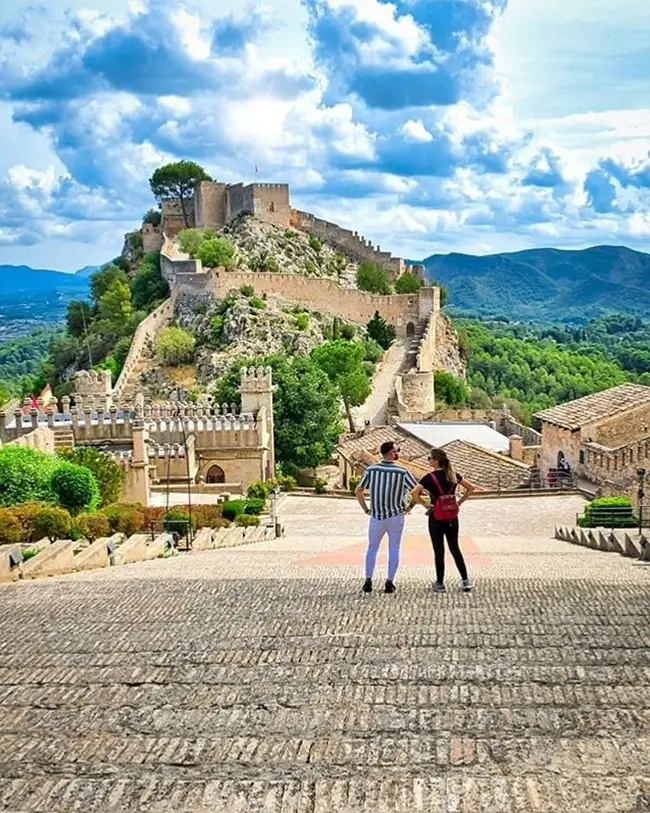
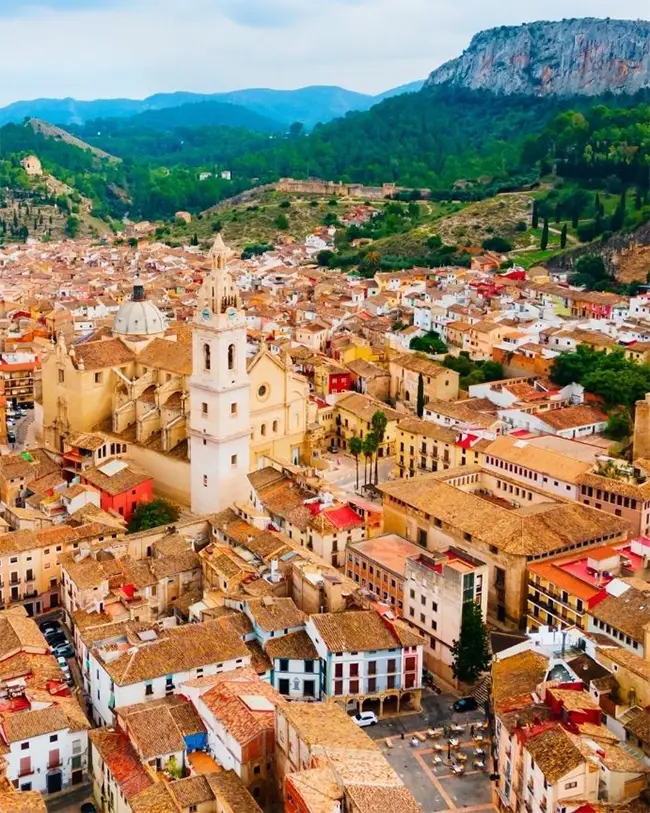
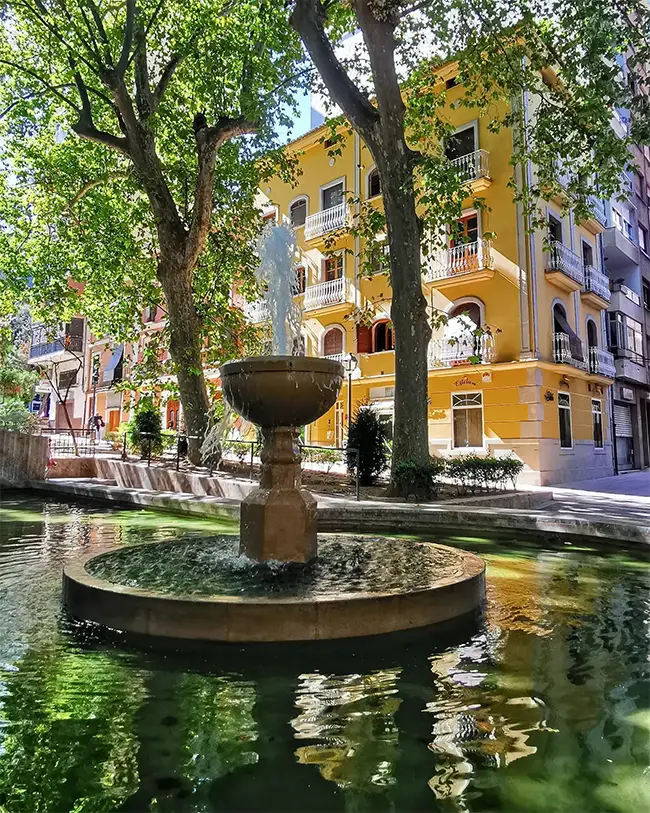
Yoga
If you want to relax and experience some zen while visiting Spain, you’re in luck. Yoga for both fitness and wellness is popular in Spain, and you’ll find schools all over the country where you can drop in for a class or two while on your trip – although you will want to check if the classes are in Spanish or English.
If you want to book something a little more organised, yoga tourism is a popular and growing trend in the country. You can book a yoga holiday or retreat in almost any area of the country and tailor the holiday to your tastes. Choose a yoga city break in Madrid or Barcelona, pair yoga and hiking in the Pyrenees, opt for a week of yoga and surfing in Tarifa or San Sebastian or head into the Andalucían hills to immerse yourself in yoga and meditation.
The Canary Islands are also popular spots for yoga holidays – with or without surf lessons. And in the Balearics, hippy Ibiza takes the yoga crown with classes occurring in some truly stunning locations around the island.
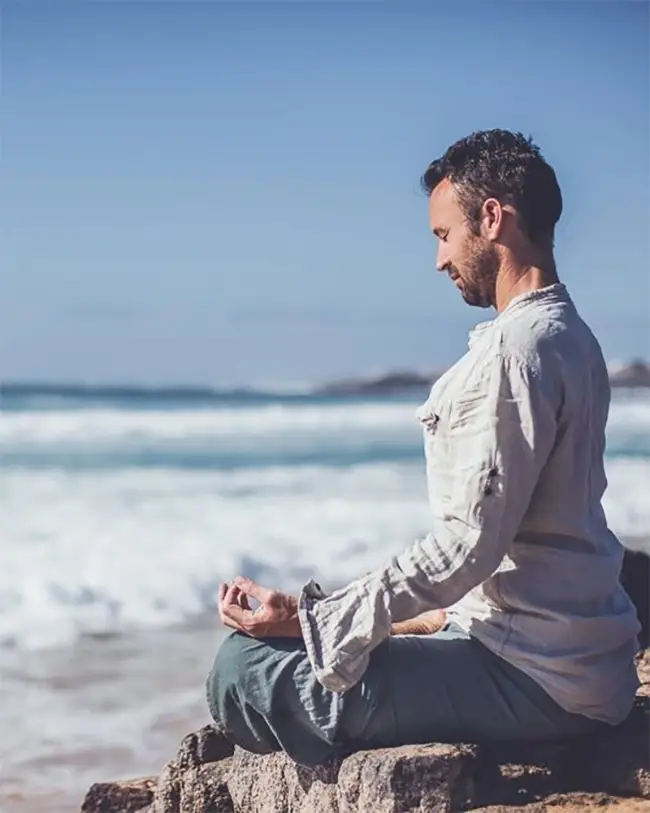
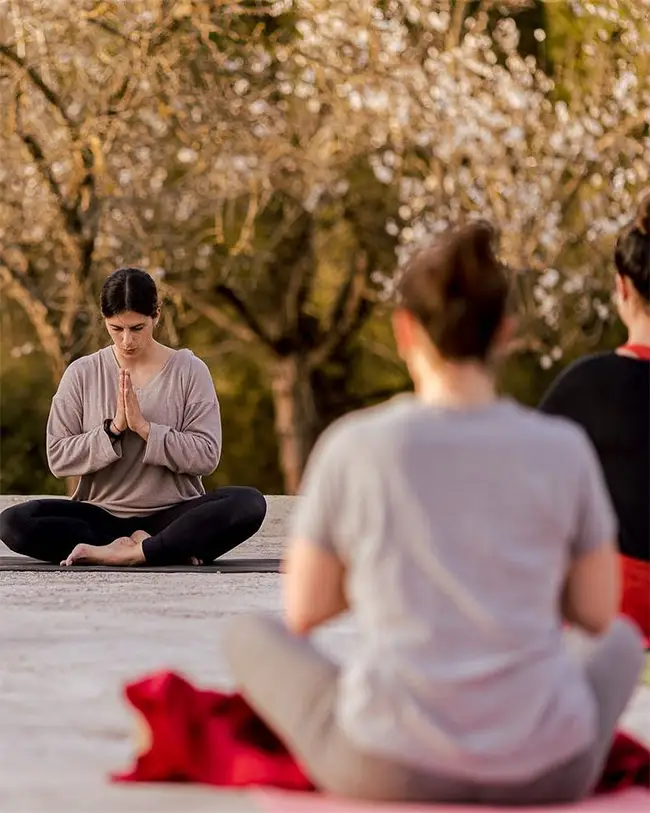

Zaragoza
The capital of the Aragon region is an underrated gem of a city that seamlessly blends old world and contemporary charm. Zaragoza should be on everyone’s travel list, but that is especially true for lovers of history, art and food!
This vibrant city offers a rich tapestry of history and culture woven by the influences of the Romans, Moors, and Christians who ruled it over the years. One of the city’s highlights is undoubtedly the iconic Basilica of Our Lady of the Pillar. This breathtaking cathedral sits overlooking the Ebro River and is one of Spain’s major pilgrimage sites.
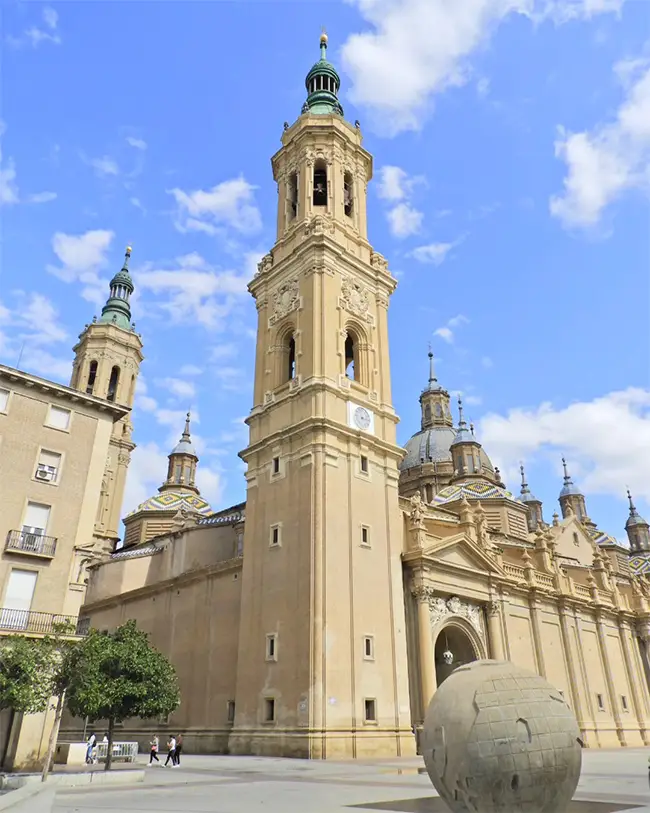
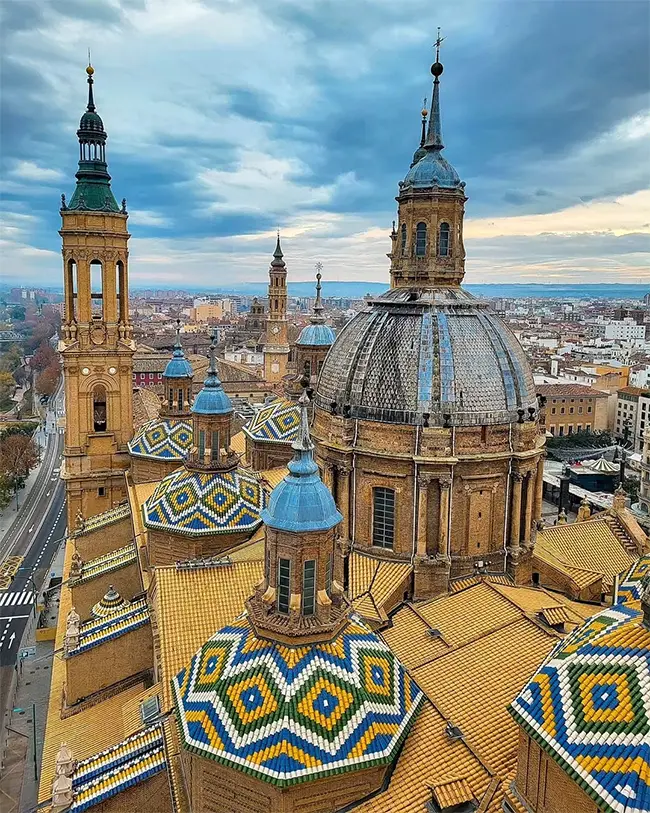

A second must-see is the Aljaferia, an 11th-century Islamic fortified palace filled with courtyards, gardens and elaborate, airy rooms that feel like a smaller version of Granada’s Alhambra. And if that history doesn’t go far enough back for you, take a trip into the city’s archaeological museums to discover exhibitions and artefacts from the Roman city of Caesaraugusta, the ruins of which lie underneath Zaragoza.
And art lovers can learn all about the region’s most famous artist, Goya, who spent much of his life in the city. Several museums and galleries are dedicated to him, and his work adorns the cathedral itself.
But this city’s charm is not just in its historical wonders but also in some thoroughly modern ones. The city has a vibrant social scene, lively nightlife and one of the best tapas bar hubs in the country.
Head to the El Tubo district to discover the city’s best gastronomy. There, in the atmospheric lanes of the old town, you’ll find endless tapas bars where locals gather on evenings and weekends to sample tapas that span the full range from traditional to modern, simple to fusion. Why not join them and enjoy a tapas crawl for dinner before heading on to the city’s late-night venues?
There you go!
So there you go, hopefully this A to Z guide to Spain has got you feeling like you understand the country and its ways a little better, And maybe it’s got you motivated to start exploring this fantastic place for yourself.
Did you read about a region or city that inspired you? Is there a festival you’d love to be part of? Do you just want to take a siesta in a country where it’s not just accepted but expected? Well then, what are you waiting for? Book your dream accommodation in Spain now, and then start packing!
I am a huge fan of Spain and knew I would be before I’d ever set foot there. Any country where meals last for hours and afternoon naps are part of the culture is always going to be right up my street! And it did not disappoint. From beach holidays in the Canaries to working in the Balearics to road-tripping through the mainland and city breaks in the country’s urban hubs, I have returned again and again to Spain and will continue to do so for years to come.
